
Бесплатный фрагмент - The Stolen History of World Civilization
History of India
All artistic illustrations were made by the author using the midjourney.com neural network with documented historical accuracy.
Chapter 1. Ancient India and its neighbors
At first glance, it may seem that the history of India has been irretrievably lost: something deliberately destroyed by previous rulers’ generations, something rewritten by colonisers, and almost nothing has survived in its original form. However, history can be reconstructed, if not in its details, then in its core. India has always been surrounded by a whole world that could not help but interact with such a rich and developed region. In addition, the fact that India was very rich and developed is told to us by literally everything, and first of all by the richest architecture and archaeological research.
Let us take a look at the regions that bordered India and explore how they interacted with it. We can immediately recognize the Persian Empire as one such region, a rich and advanced part of the ancient world, on par with India.

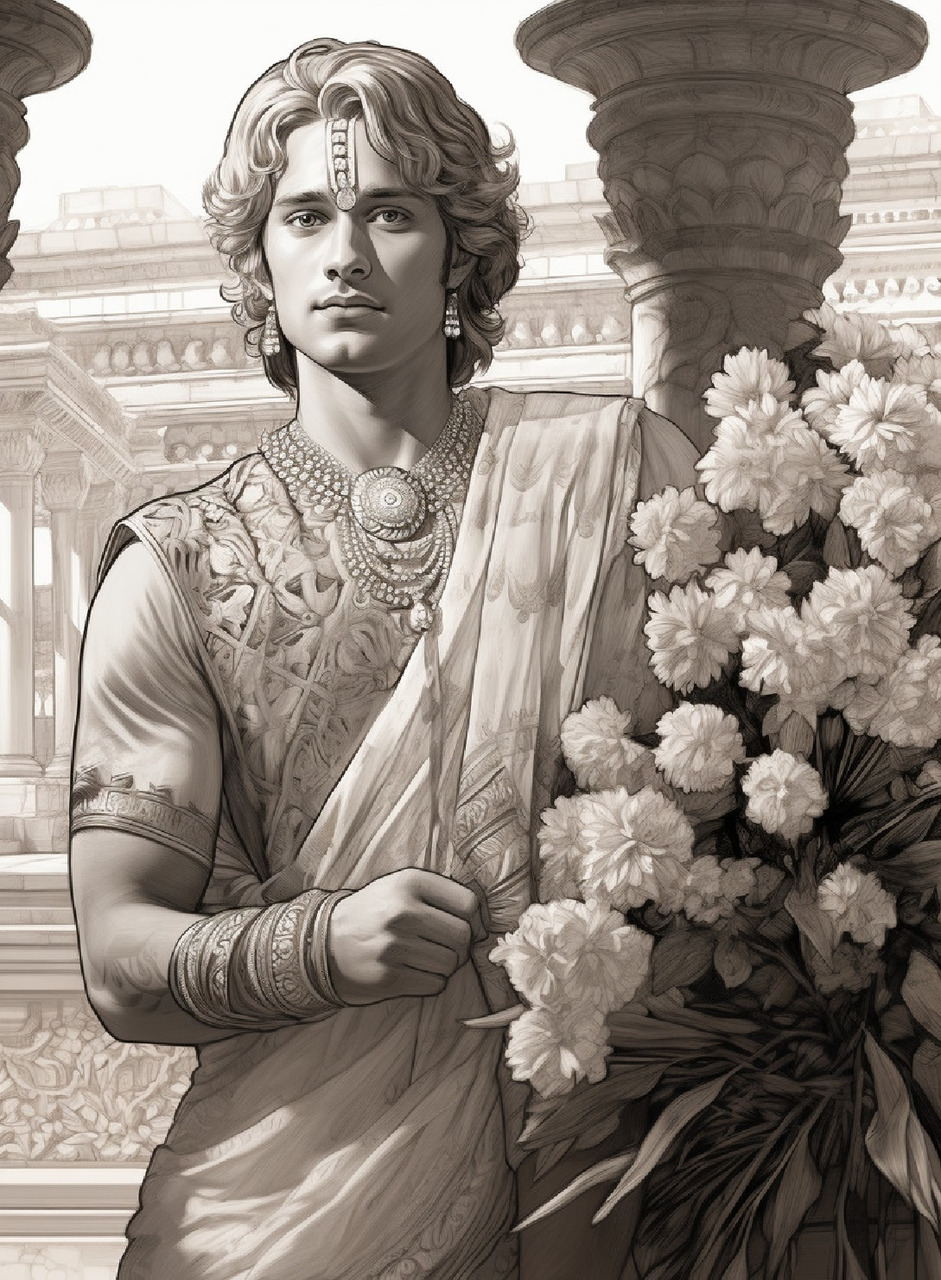
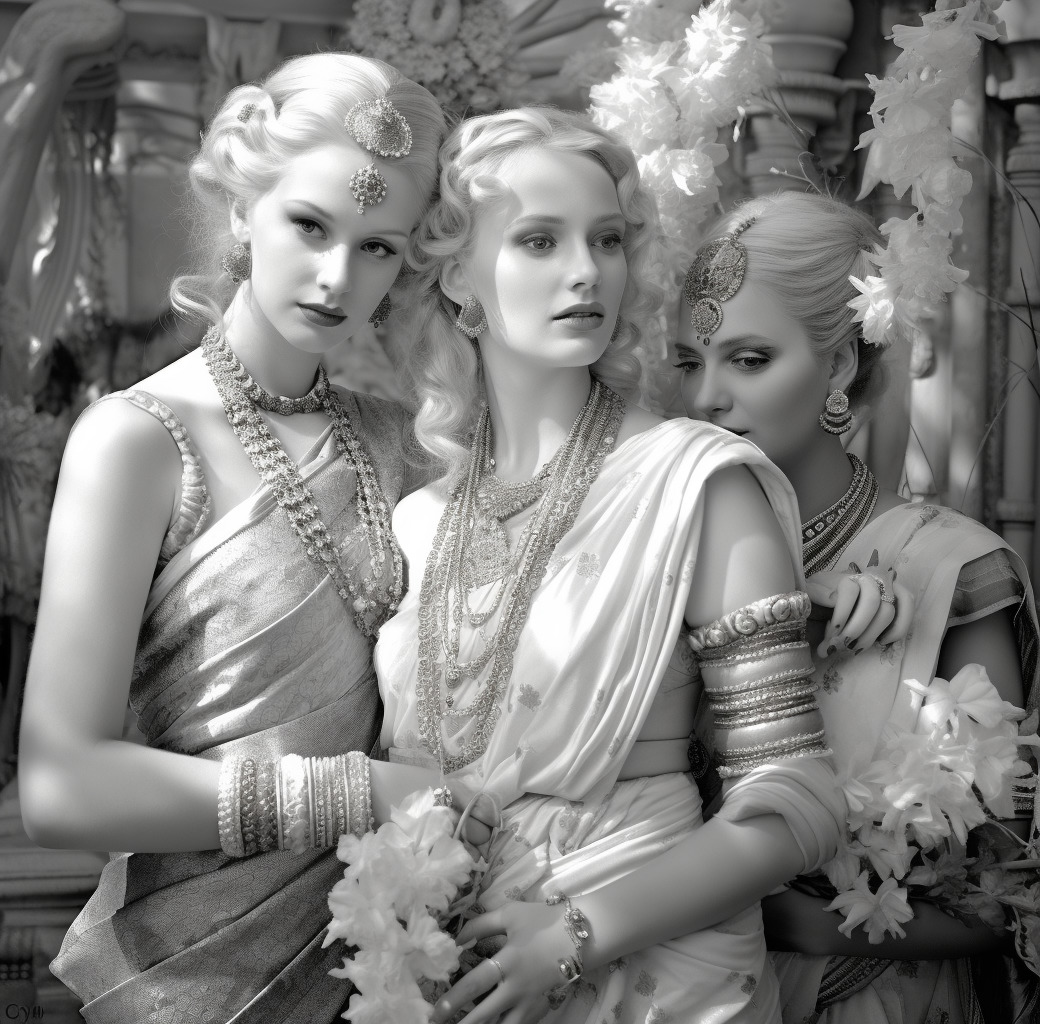
The Aryas played a significant role in the establishment of the Persian Empire, much like the great states of India. The Persian Empire rulers’ direct testimonies and records have been preserved in stone. It is unfathomable that two of the wealthiest regions in the ancient world, with overlapping cultural, linguistic, and religious origins, failed to pursue active interactions, engage in vigorous and large-scale trade, and mutually enrich each other’s cultures. The contemporary historical tradition, which was penned according to 19th century colonial powers orders, asserts that the Persian Empire focused all their attention on the scarcely populated Southern Balkans and only had distinctive and exclusive relations with this world region. However, a closer examination with an unprejudiced approach makes it clear that this is a historical fabrication.

By the end of the eighteenth century, Britain initiated the acquisition of India and, subsequently, in the early nineteenth century, the British Empire gained control over a portion of the former Ottoman Empire that was located in the Southern Balkans. During the second half of the 18th century, the British political elite issued a directive to produce its own world history, which was in opposition to the extensive historical rewriting taking place in all regions of the world. This task was carried out by talented English writers, who, unfortunately, were not scientists, and, consequently, the work contained so many inconsistencies and outright falsifications. Currently, many people recognize this historical forgery. However, in the last century, everyone accepted this fabricated history without any critical analysis.
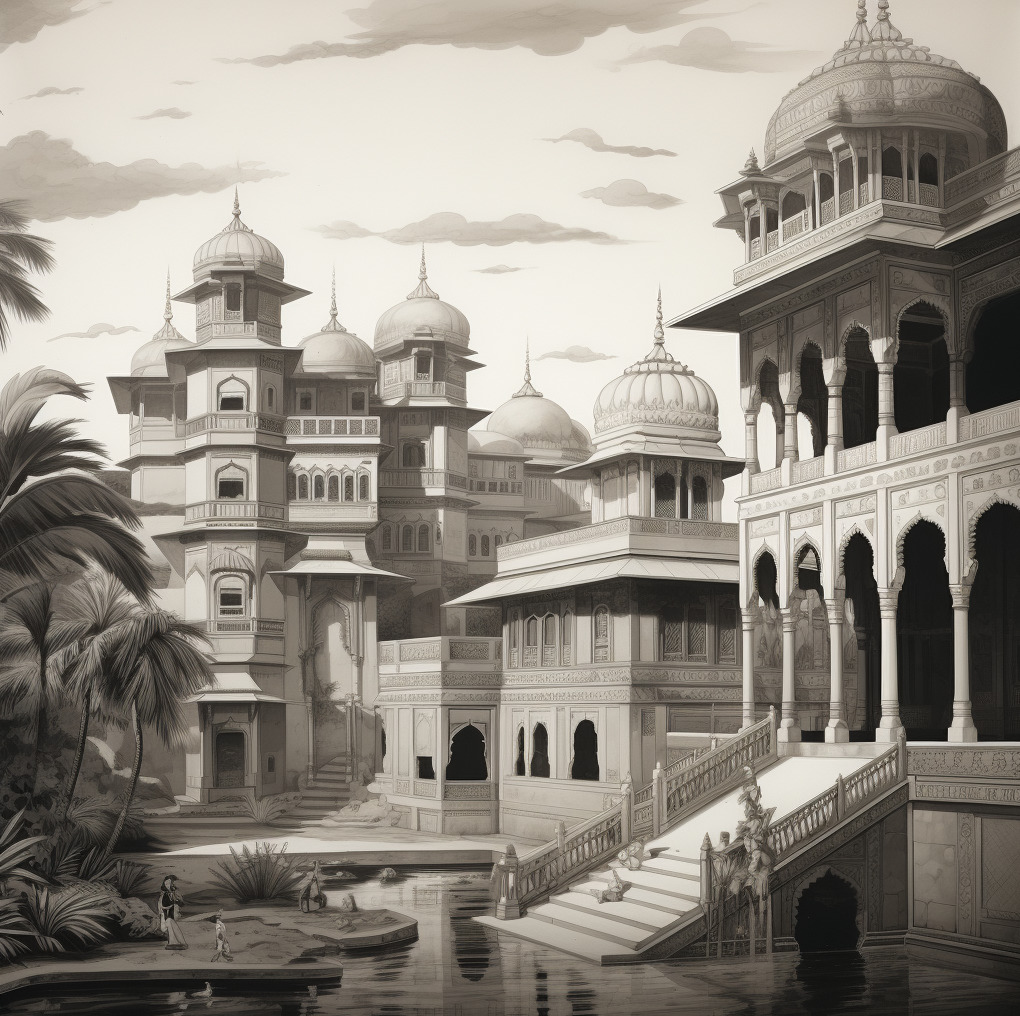
The world civilization creation history, which began in India and reached its development peak there, was artificially transferred to the small area of the Southern Balkans solely because of its location in Europe and its full control by Britain. What purpose does such a grand deception serve? Firstly, to deprive humanity of knowledge regarding the modern world civilization origins and development. To separate the parts that have been torn away from each other — India and Russia — as far as possible from one another and to prevent their reunification in the future. To declare Western Europe as the center of civilization and to appropriate the entire world civilization for oneself.

To declare the rest of the world as some other «alternative civilizations» which proved to be unsuccessful in a competitive confrontation with the European civilization, and, therefore, by our time they have all disappeared as political and state subjects. To create the illusion that the entire modern world has accepted the European civilization and lives by its standards, and, therefore, this civilization’s representatives have the moral right to impose their will on the rest of the world, and to teach us the civilized, Western European, way of living. In the modern world, these are such obvious axioms that in the political aspect no one, except for Russia, tries to challenge them or object to them.

Studying the history of India destroys this seemingly unshakable construction of the English quirky mind. It becomes apparent that this whole ideology is very weak. Just try to approach this story with an open mind.
During the ancient period, the two wealthiest and most developed regions with a shared border were India and the Persian Empire. Naturally, the main trade and foreign relations took place between these two regions.
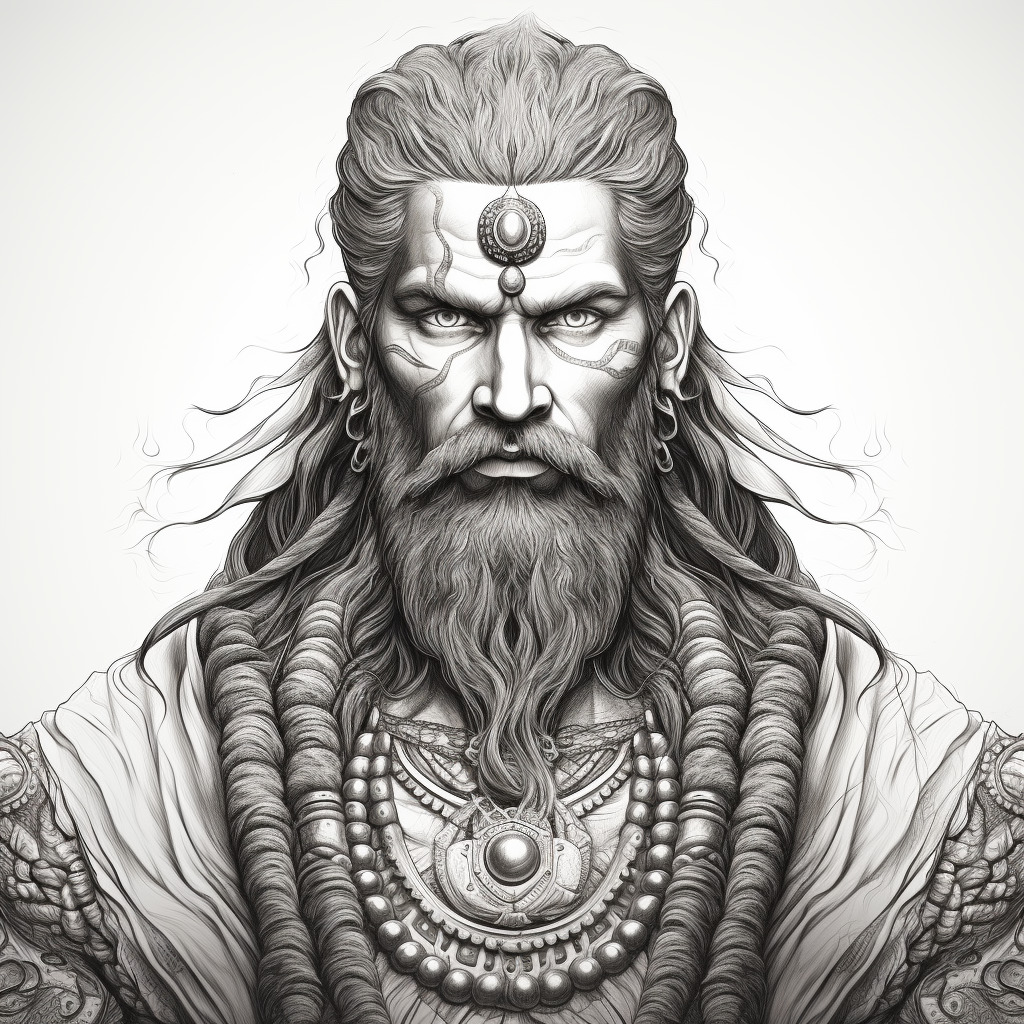
It is obvious that the economic, trading, and, consequently, the political interests between these two regions exceeded any other interest in any other peripheral region along their borders. Perhaps, with the exception of Scythia, which was the ancestral home for the military and creative elites of both these mega regions and served as the source of military strength for the Great Indian States and Persian Empire.
Regarding modern Europe’s territory, it was likely a remote and underdeveloped region of the Persian Empire, and this part hardly played any significant role at that time. Without its own history, Western Europe, in the Modern Era, after the 18th century’s devastating events, simply appropriated someone else’s history, including the very name «Europe,» which was originally known as «Hellas» in ancient times. However, it was modern India that was the very ancient Europe — Hellas.
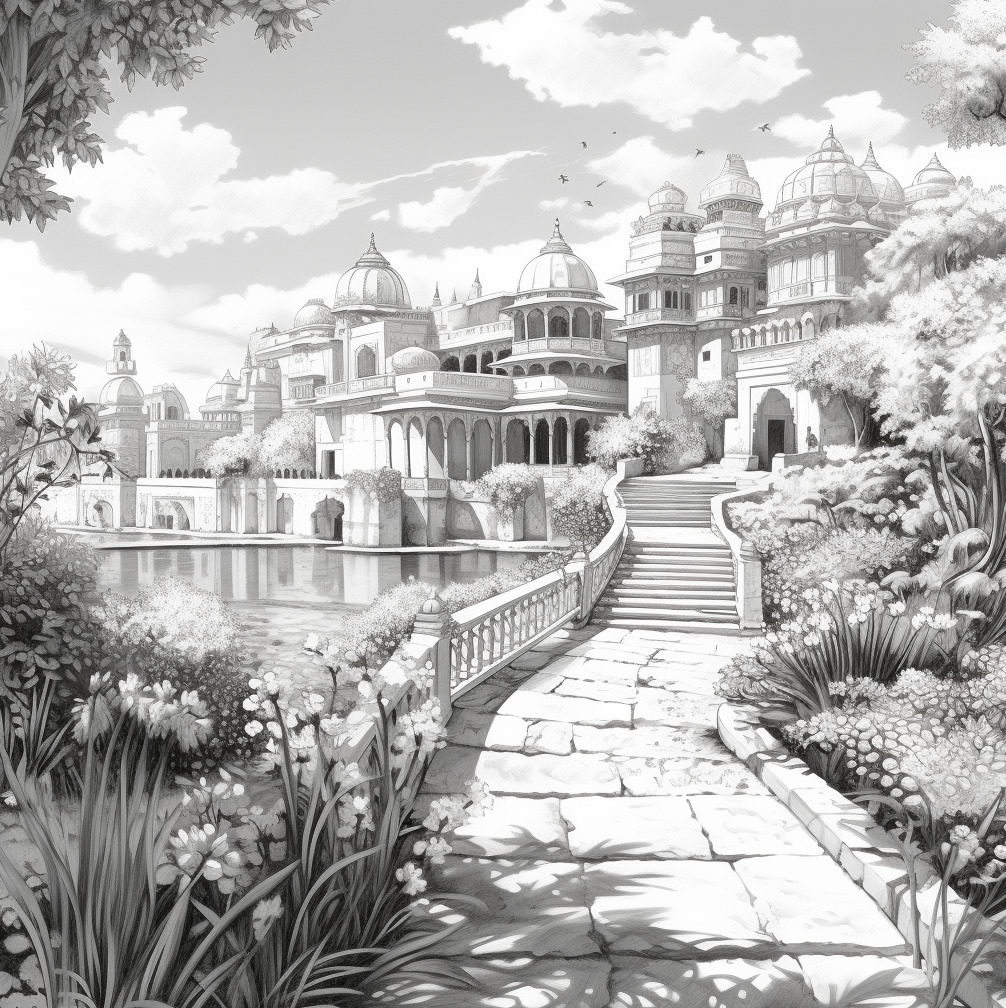
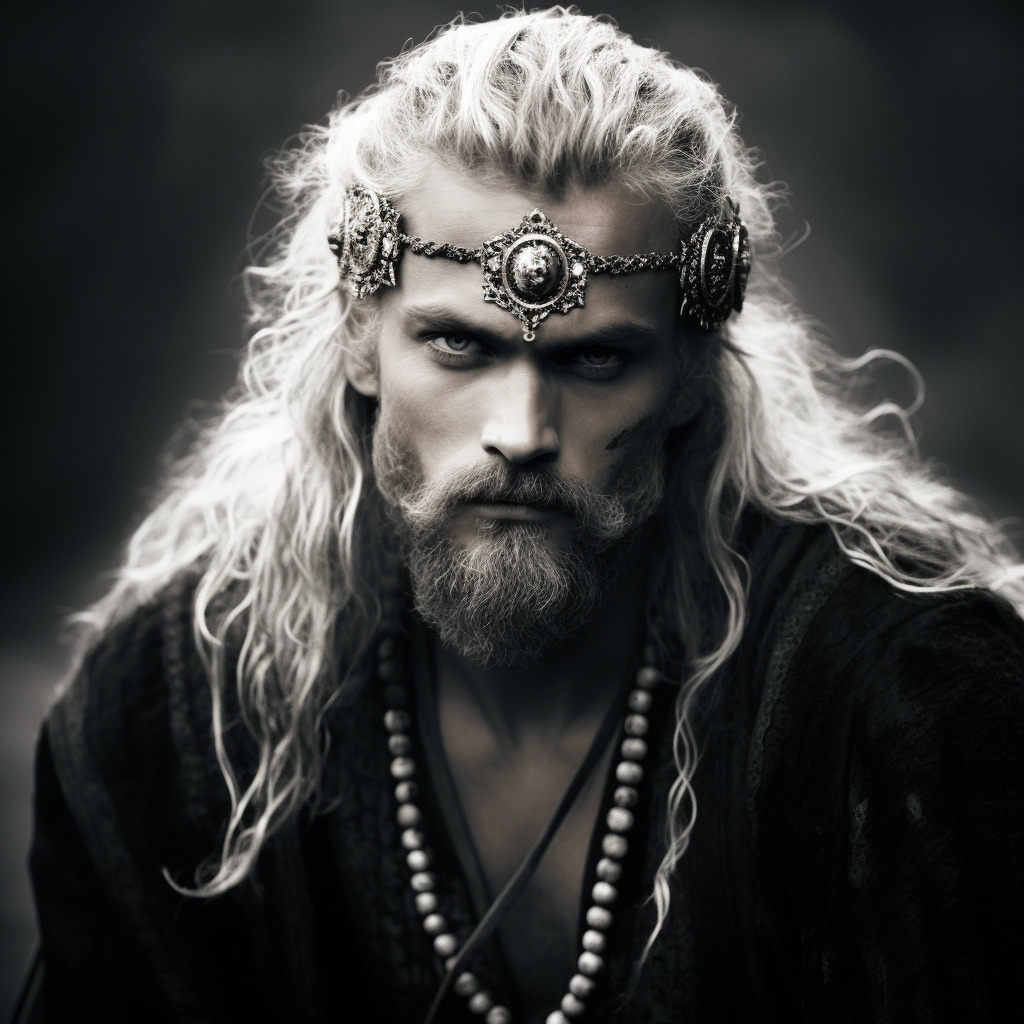
The connection between the Persian Empire and Hellas, which is the source for ancient authors’ writings, is, in fact, the relationship between India and Persia in ancient times. This book aims to demonstrate the unsuccessful attempt of Western European authors to rewrite history and the historical forgery they have perpetuated. My mission is to reconstruct the true history of India.
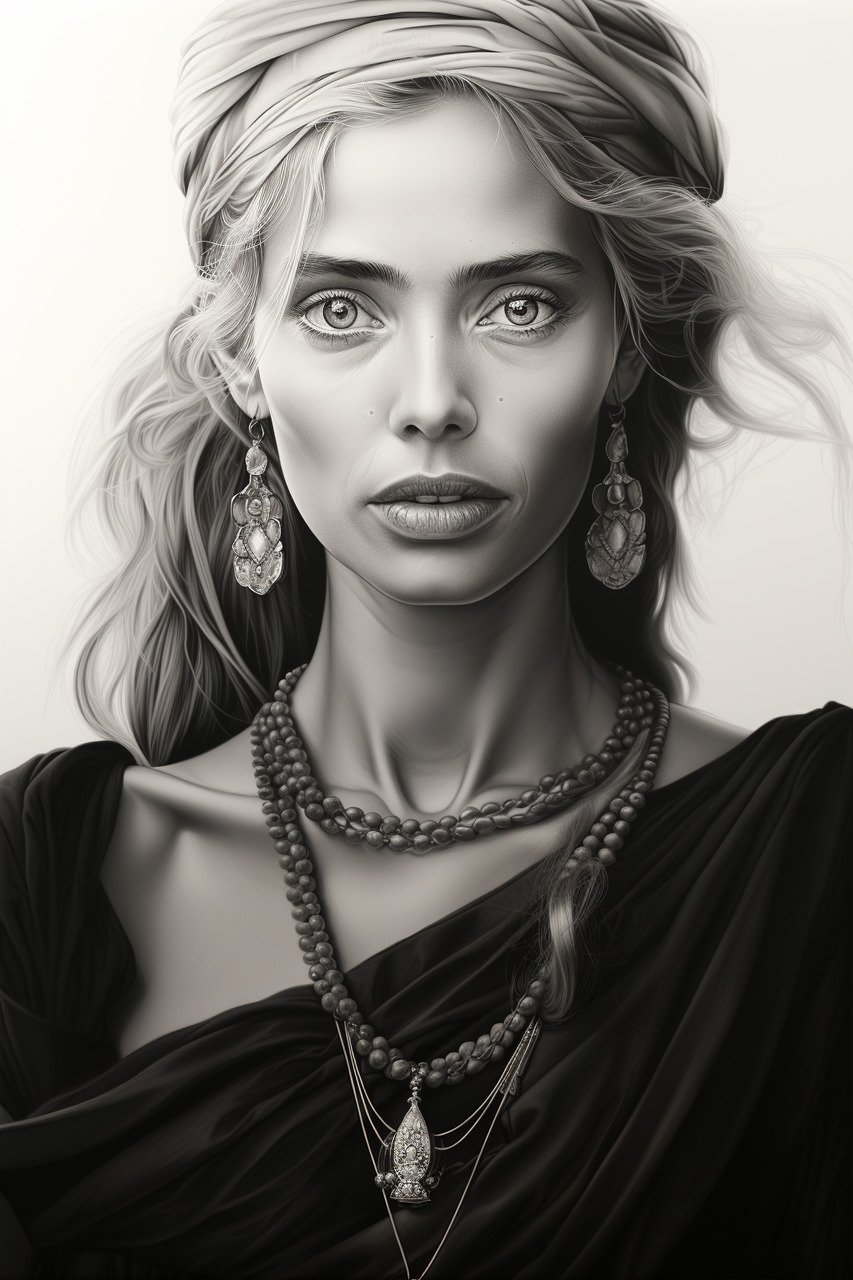
Chapter 2. Aristotle — Chanakya and Alexander — Chandragupta. Teacher and Student
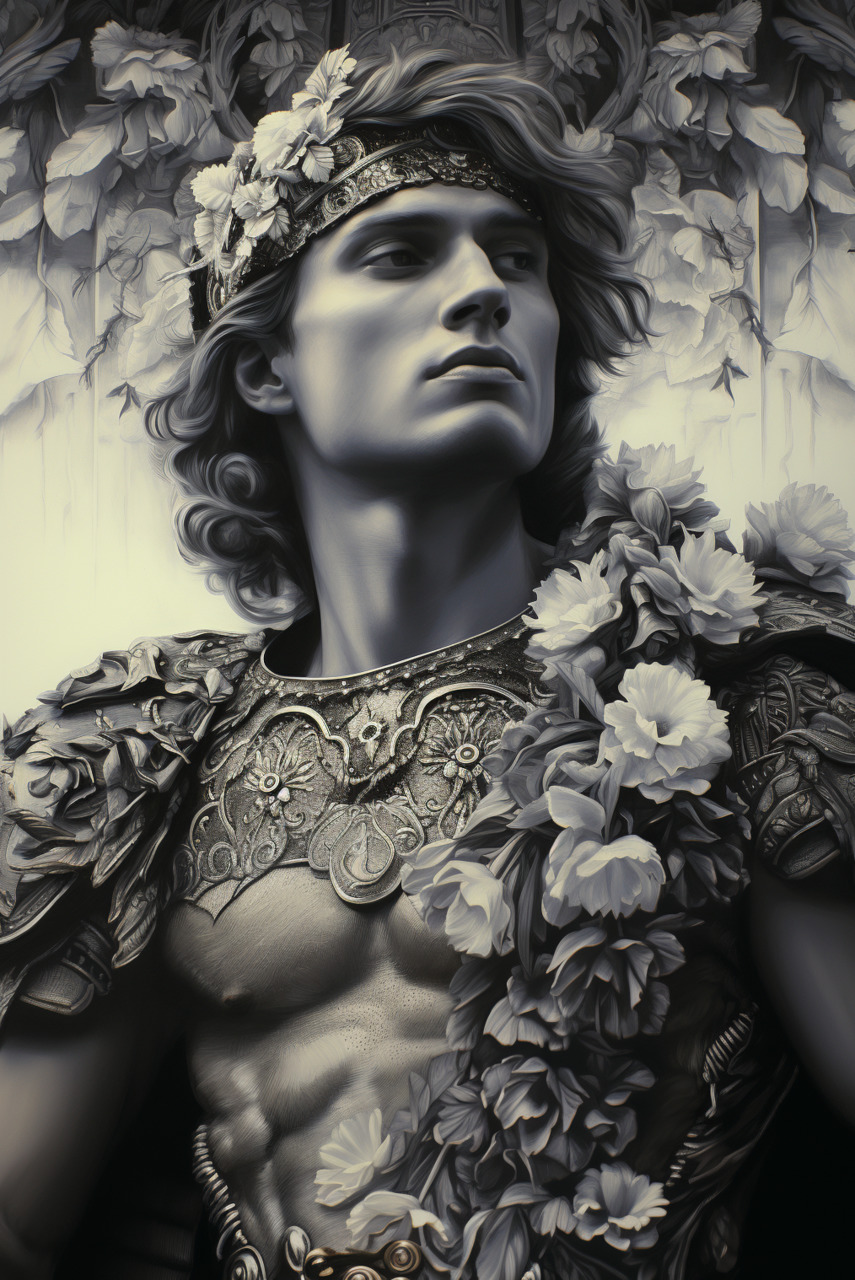
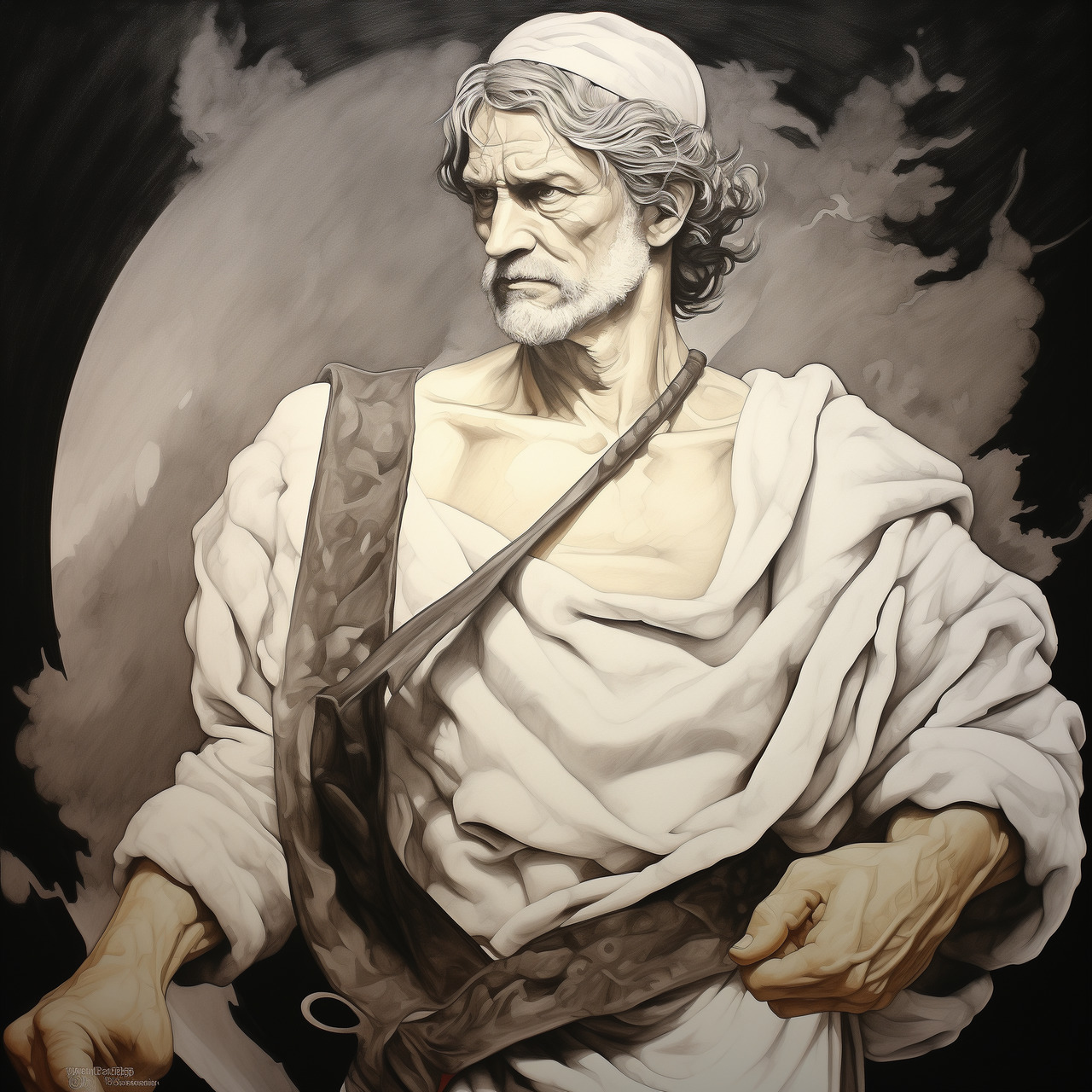
At the beginning of the 20th century, the accumulated archaeological evidence made it impossible to remain silent about India’s history and the lack of given attention to its study.
During the 19th century, a number of researchers cautiously revealed some of the most significant events and personalities in Indian history. However, in that particular period, it was unfeasible to assert openly and explicitly that the complete ancient Hellenistic civilization was a part of the Indian history, due to political biases in colonial ties and prevailing erroneous ideologies.
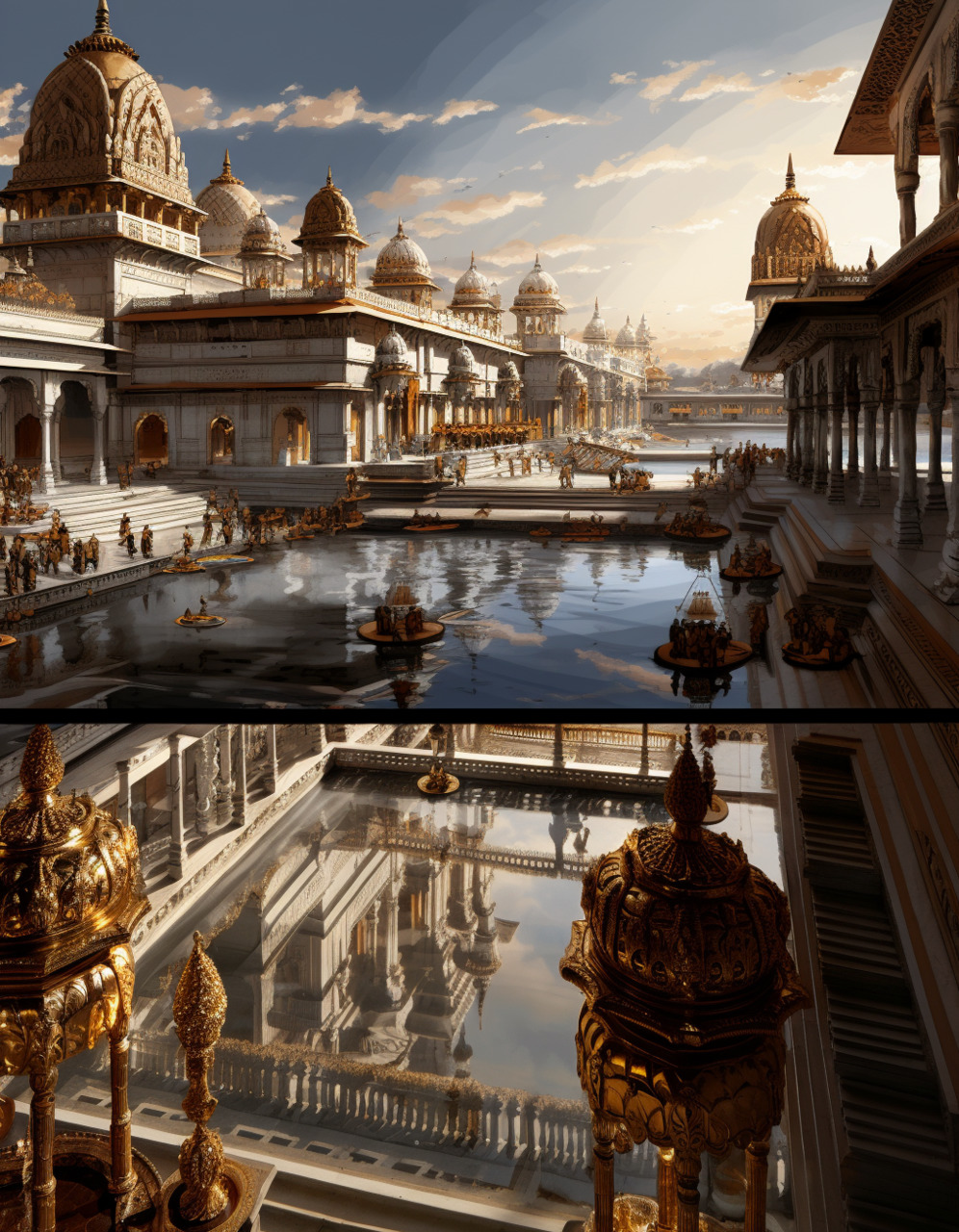
The discoveries made in the East during the 18th and 19th centuries served as shocking evidence of an ancient, remarkable civilization that was previously unknown to the Europeans. Their dogmas were crumbling before the ordinary masses and the educated elites, who had not the slightest idea of reality.
This finding shattered the previously held prejudice that savagery, barbarism and primitive conditions were prevalent outside of the Western Europe.
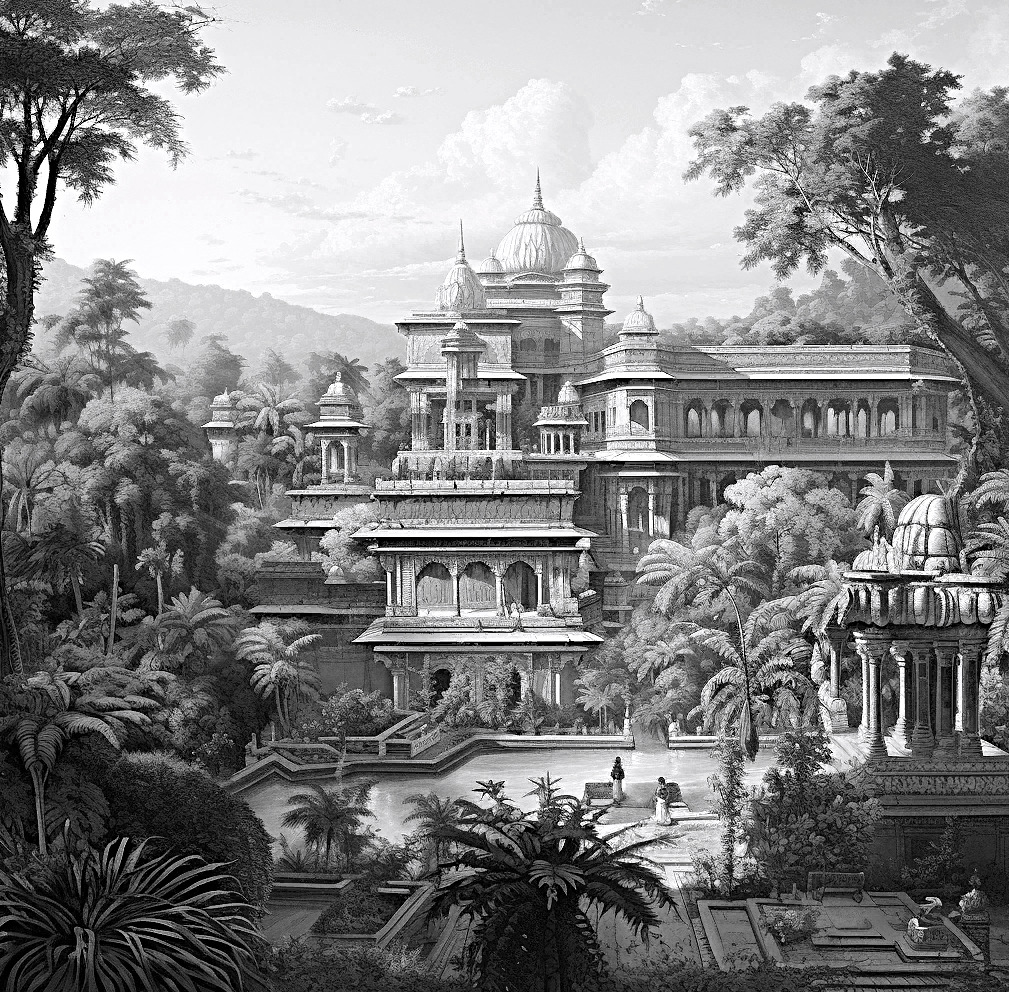
Needless to say, it was unlikely for Western European scholars to acknowledge the modern civilization’s origin, especially in India, since this territory held a vital importance to the British Empire, given the vast resources it possessed for sustaining British global supremacy. It was highly taboo to view the history of global civilization beyond a limited, Europe-centric perspective. However, in Indian history, it was necessary to mention two significant personalities in the scholarly research process in order to avoid potential bias favoring the colonial nations ruling circles. As the English proverb goes, «If you can’t beat ’em, join «em». We are referring to the eminent scholar Aristotle and his equally eminent student Alexander the Great, — world empire creators that united the entire world into a single cultural and political whole.
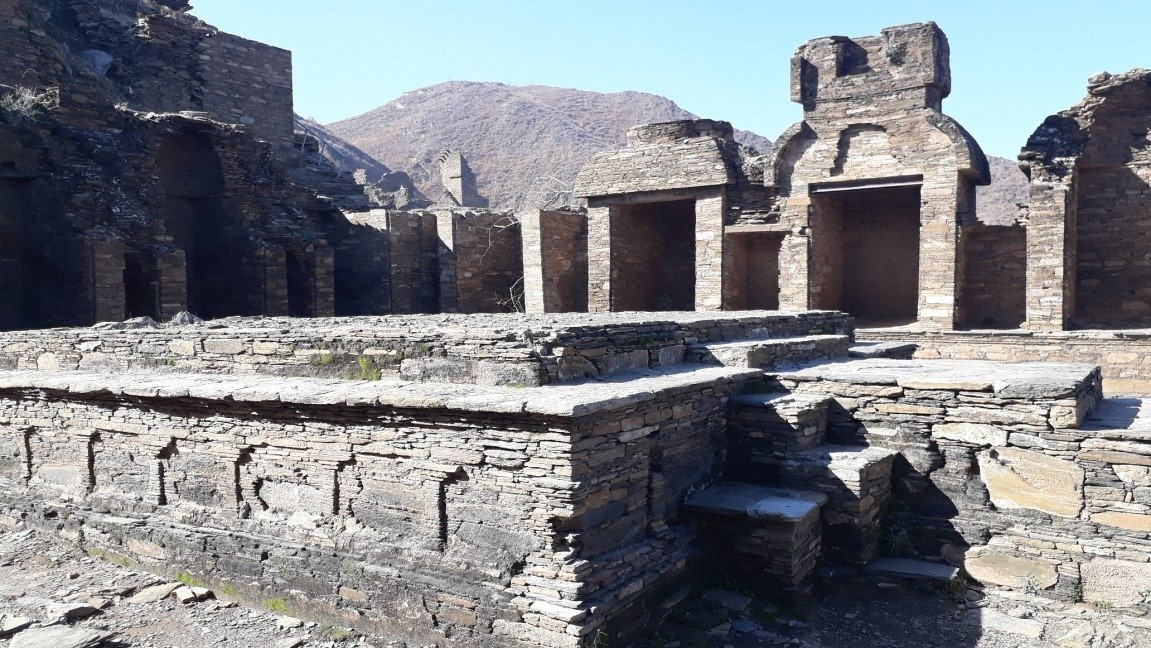
Aristotle’s «return» to his homeland, India, under the name of Chanakya, gives us an opportunity to trace the geography, without which, historical science cannot fully exist.
The university in which Aristotle — Chanakya taught and supervised was located at Taxila.
The scientific community has reached a general consensus that Aristotle and his student Alexander the Great have been known by the names they used in their lifetimes or, at the very least, in ancient times.
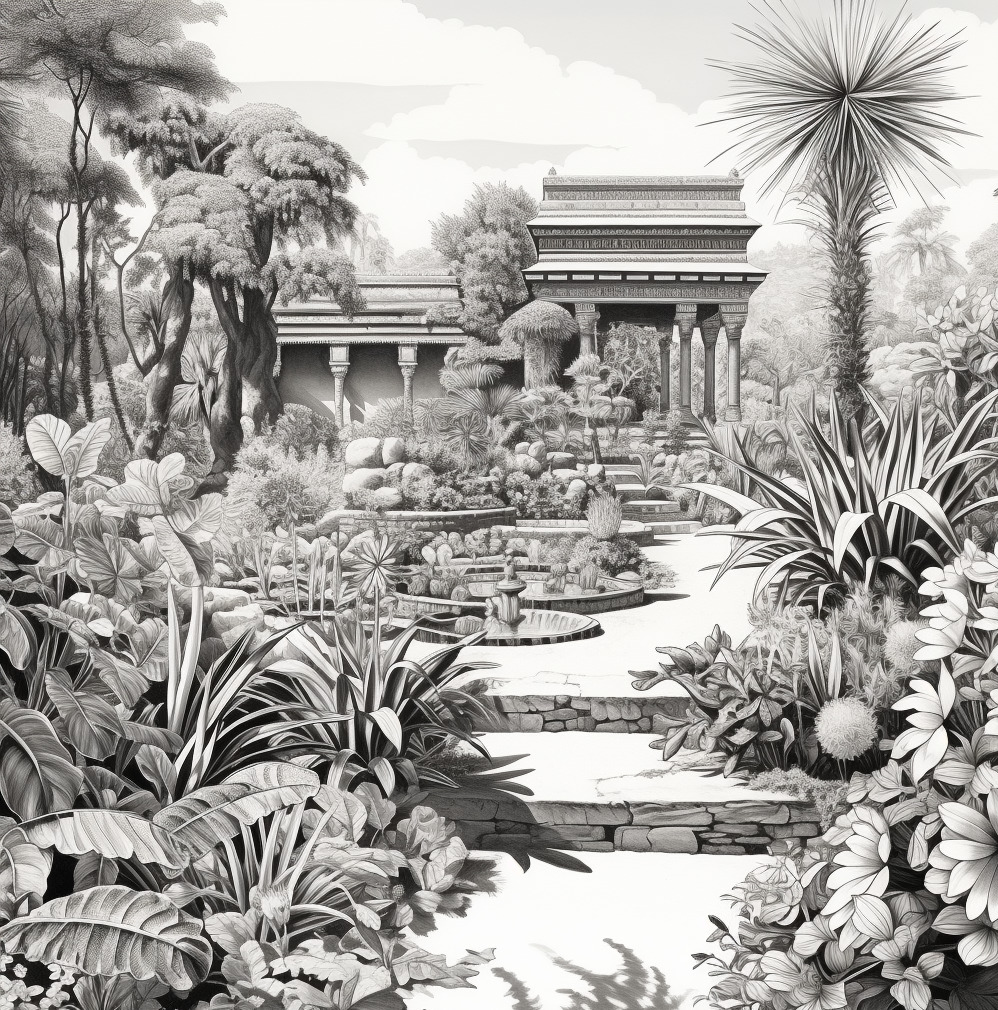
There are several archaeological discoveries, such as busts and sculptures depicting their likeness, as well as inscriptions with their names from the same era. It was necessary to invent alternative names for Indian history, which was being recreated in the early 20th century. For instance, Chanakya was used as a replacement for Aristotle. The name Chanakya refers to one of the main characters in the book «Mudrarakshasa,» which is a retelling of the Hellenistic myth of Damon and Pythias. This same myth was also used in Schiller’s ballad «Die Bürgschaft» in 1799. However, Bharatendu (Rasa), the esteemed founder of Hindi literature, published «Mudrarakshasa» much later, in 1875. Hence, it is evident that Chanakya was named after Aristotle.

Aristotle’s primary work, namely «Politics,» is of immense value for comprehending the nature of his career as both a philosopher and political theorist. Similarly, in 1909, Chanakya’s primary political and economic work, the Arthashastra, was published. Numerous scholars have analyzed the dispute regarding which work takes precedence — Chanakya’s «Arthashastra» or Aristotle’s «Politics.» But it is essential to acknowledge that Aristotle and Chanakya are, in fact, one and the same individual. It is futile to argue which book is primary.»
Arthashastra, literally translated from Sanskrit, means «the science of ruling over the material world,» which can be perceived as an artistic depiction of the concept of «politics».
Having examined all relevant evidence pertaining to both Aristotle and Chanakya and concluding that they are the same person, it is clear that ancient India, the center region of what was known as Europe in the ancient times, served as a nexus point for the lives and achievements of numerous heroes, scholars, and other figures from antiquity. This conclusion is based purely on objective analysis without any personal bias.
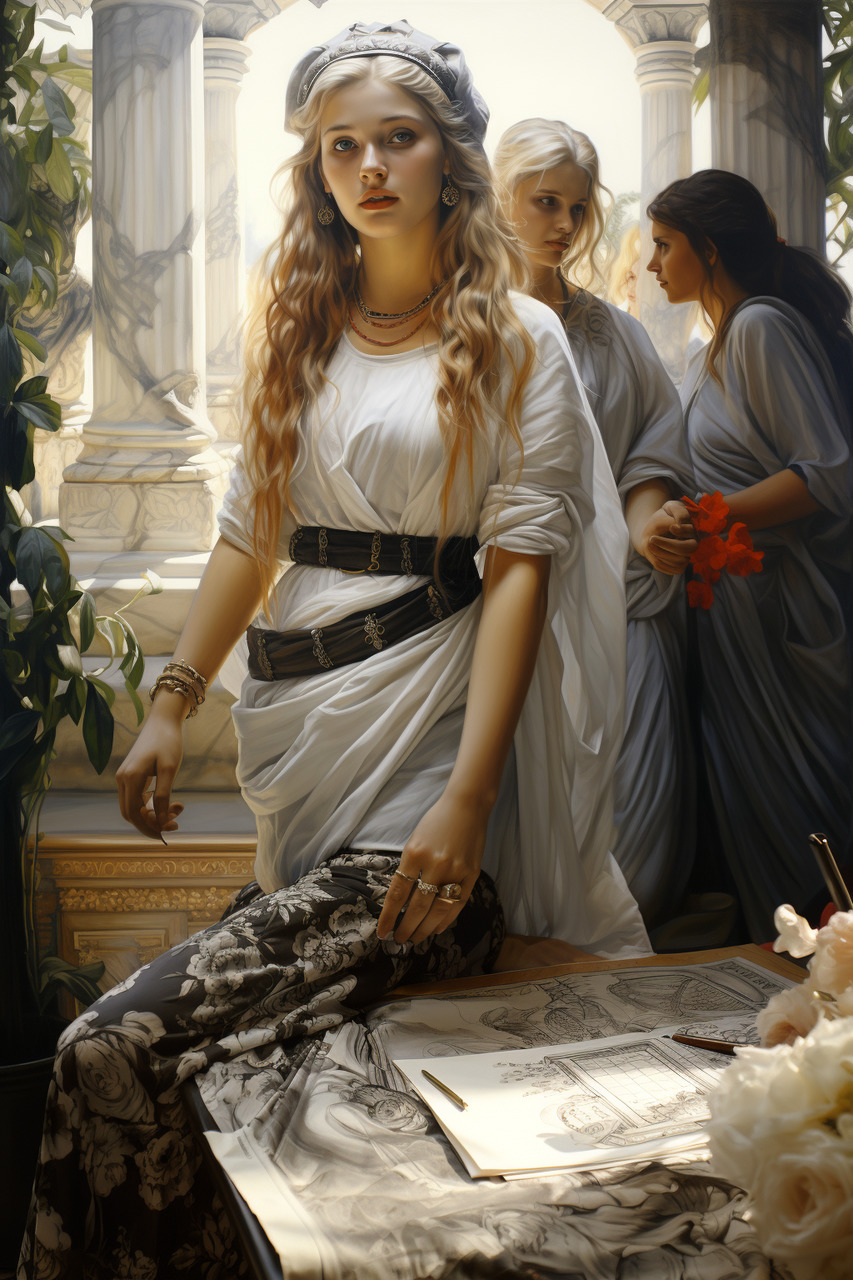


Chanakya and Aristotle: a Comparative Biography
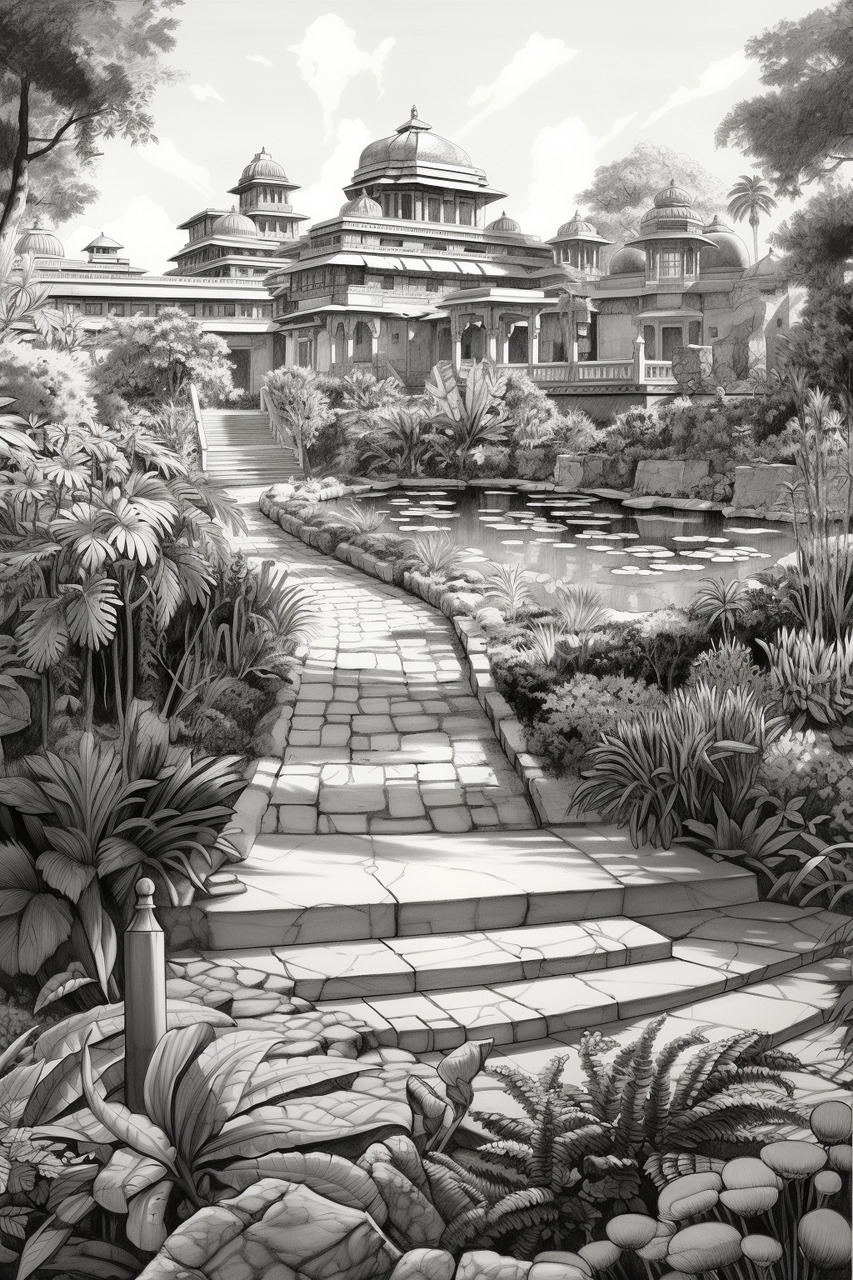
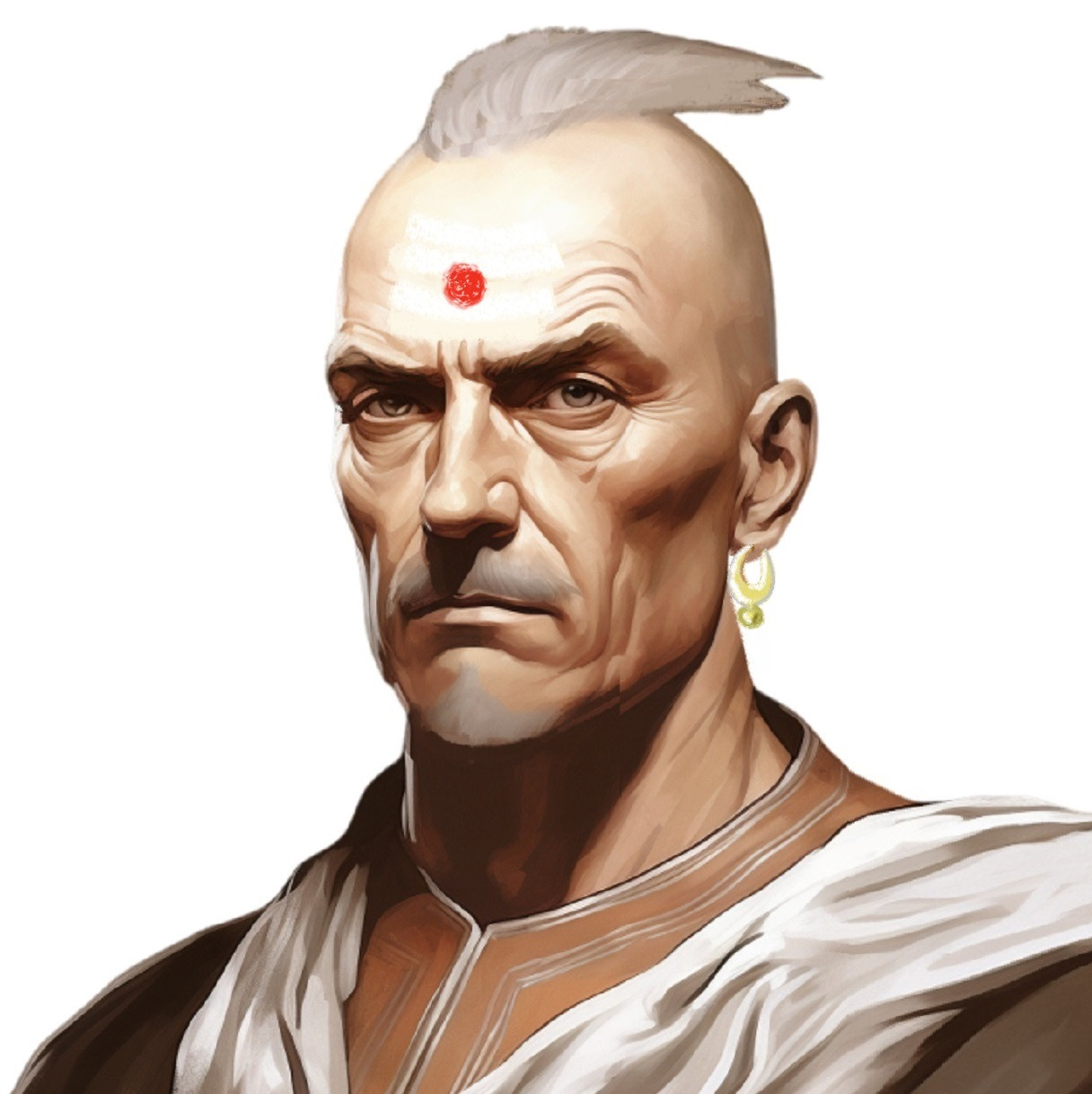
Chanakya, a renowned scholar and teacher, wrote notable political and economic works. Chanakya studied at the renowned university of Taxila: the most famous learning centre of his time. Despite the fact that Chanakya’s parents are never spoken about beyond this period, it can be speculated that they had passed away prior to his enrollment at the University, as he never met or spoke of them again. Upon completing his studies at the University, Chanakya accepted the position of teacher (acharya) at the same institution. There are no details regarding Chanakya’s birthplace or his parents’ place of residence. Chanakya’s life revolves around two focal points: the Taxila University and the capital city of Pataliputra.
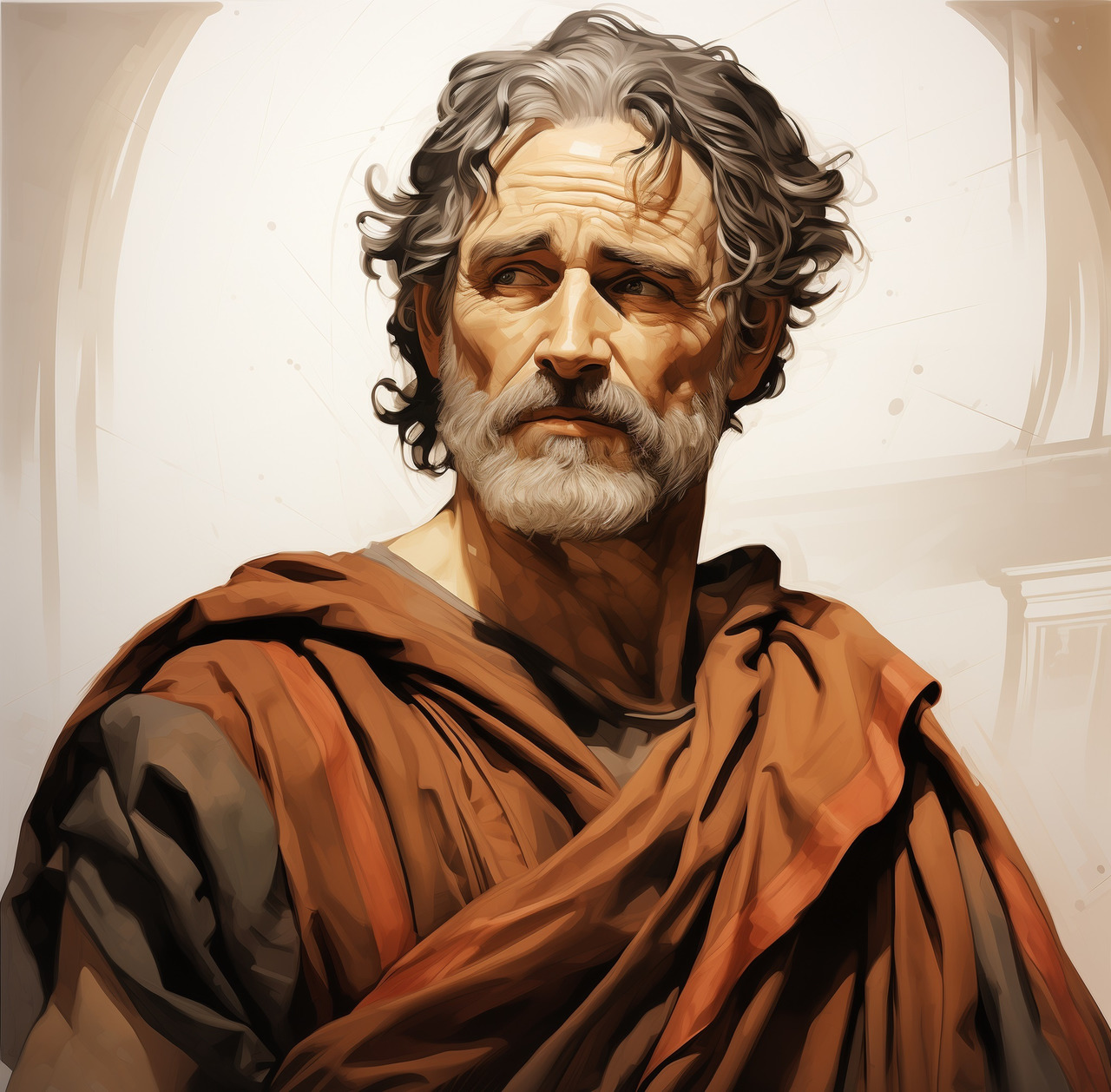
Aristotle was a renowned academic and educator, revered for his seminal contributions to the fields of politics and economics. He served as a mentor and teacher to Alexander the Great. After the premature death of his parents in childhood, Aristotle was raised under the care of a guardian. When Aristotle turned 17, he enrolled in Plato’s Academy, which was the most highly regarded educational institution of the era. After completing his studies at the Academy, Aristotle embarked on a career as a teacher and remained at the institution for two decades, until he reached the age of thirty-seven. Aristotle soon left the academy and began teaching Alexander the Great in 343 BC. Aristotle’s life is associated with two specific locations: The Academy of Plato and the city of Athens.
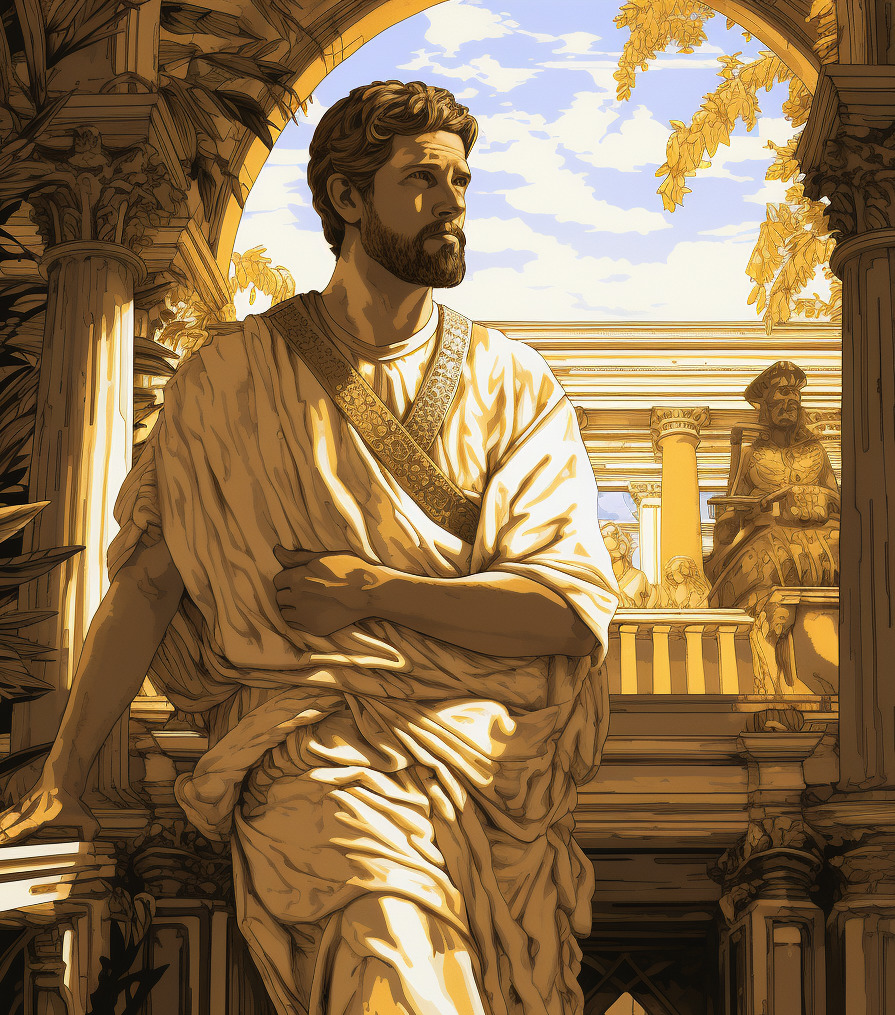
Chanakya had a strong alliance with the mountain king Parvata, who staunchly supported his plans.
As per some versions of the hagiography, Chanakya’s disciple, Chandragupta, was said to be the son of the king, who was deprived of his right to the throne and was thus forced to seize power. Due to a preplanned scheme, King Nanda was killed, and Chandragupta was able to ascend to the throne.

Aristotle and King Hermias had a close alliance. The king was heavily influenced by the philosopher’s teachings and frequently attended his lectures. Aristotle married the king’s adopted daughter, Pythias.
In 337 BC, Philip the Second divorced Olympias, Alexander’s mother, and married Cleopatra. As a result, Olympias left the royal court and the capital with her 18-year-old son. Philip anticipated that the young Queen Cleopatra would bear him a son, thus causing Alexander to lose his claim to the throne.
After the conspiracy, King Philip was assassinated and Alexander assumed the role of king.
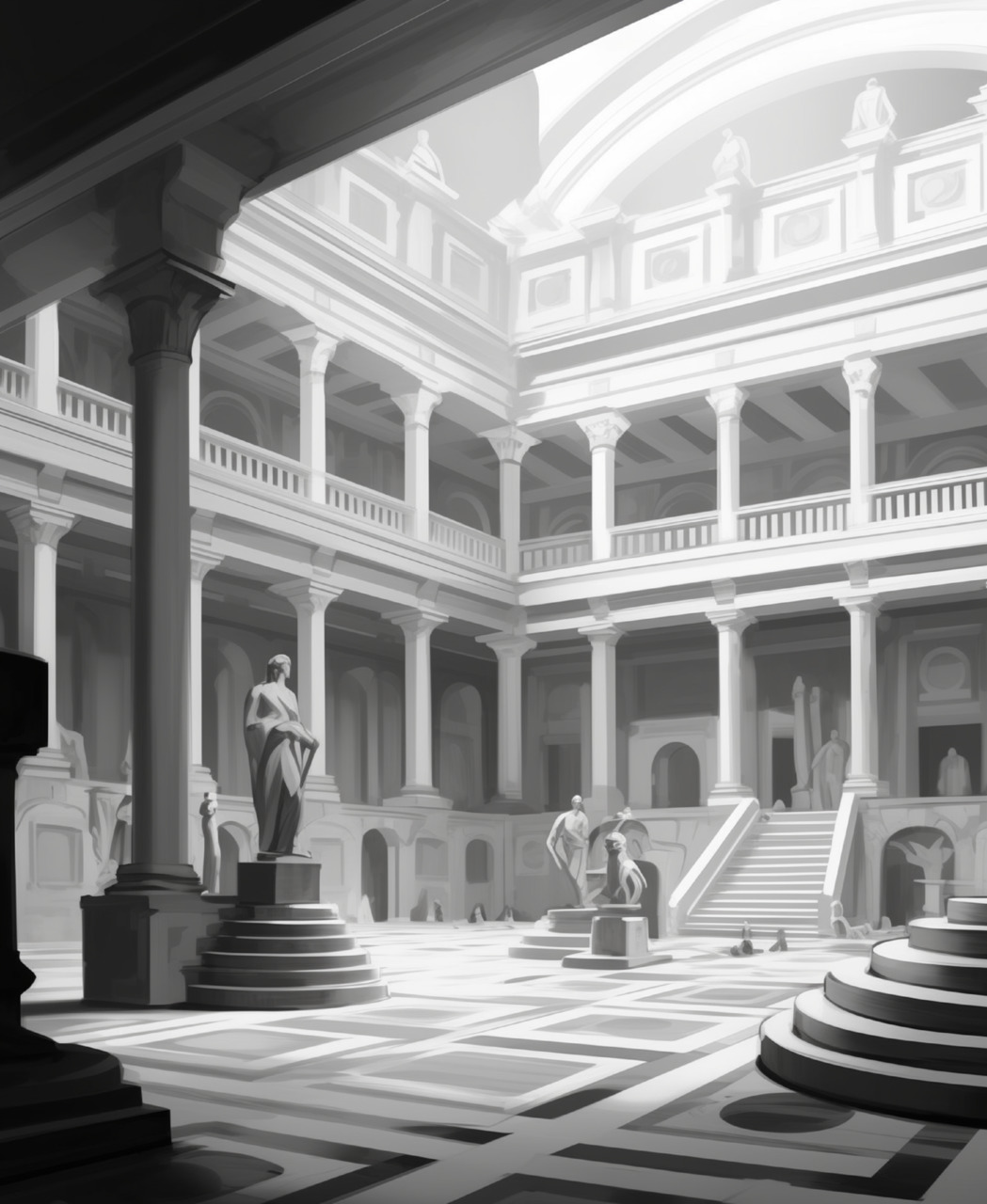
Chanakya was a part of King Dhan Nanda’s inner circle. However, the king insulted and humiliated Chanakya, which prompted him to vow for revenge.
Upon meeting Chandragupta, who was still a young child, Chanakya began training him with the aim of elevating him to the royal throne.
Chanakya meticulously searched for a worthy candidate to carry out his plan, and he found young Chandragupta, who, even as a child, possessed the qualities of a natural leader and commanded respect from his peers.
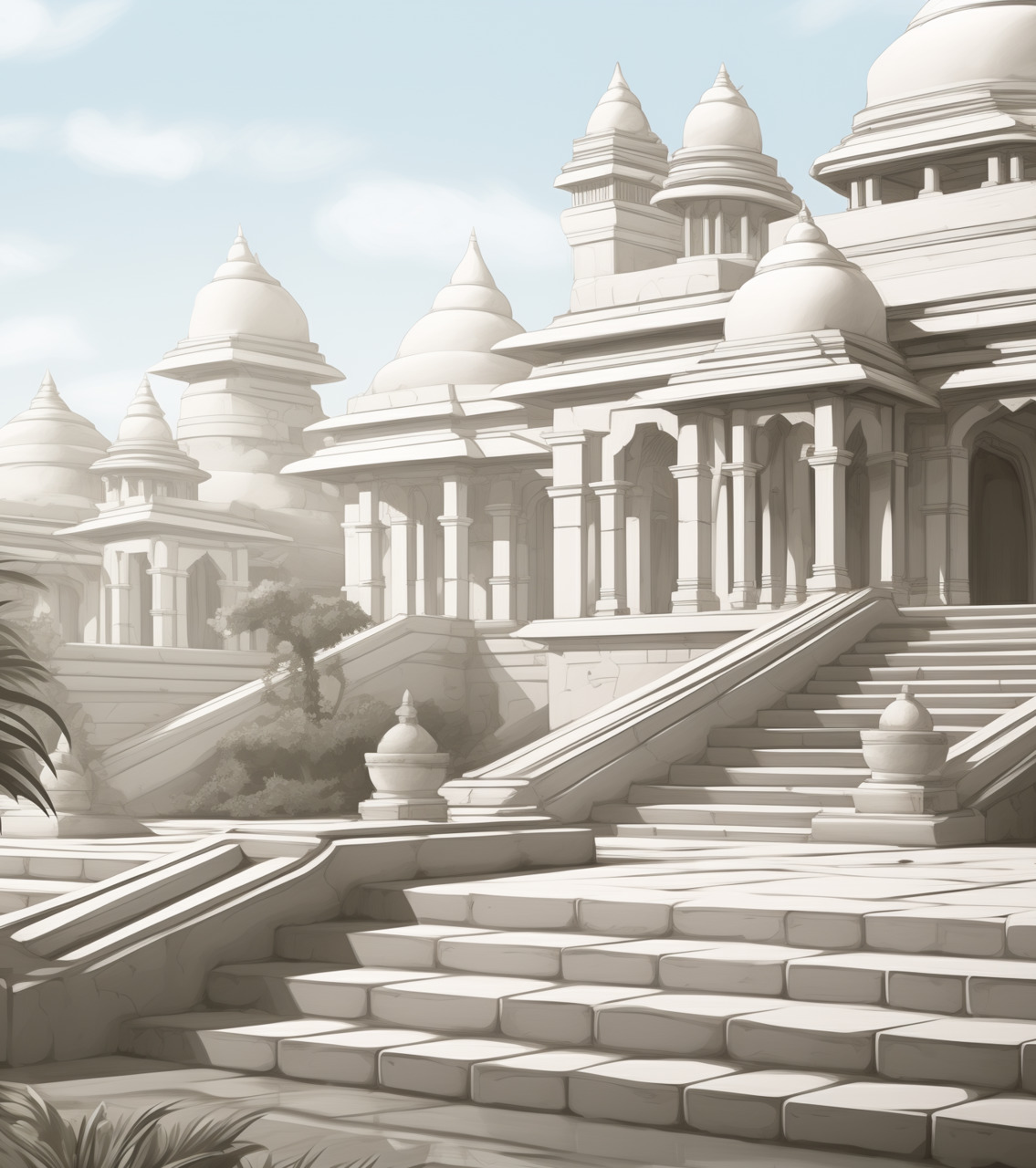
Aristotle’s father served as a court physician and was acquainted with Amyntas III, the grandfather of Alexander the Great. This allowed Aristotle to become a member of the royal court circle and study at the Plato’s Academy without impediment.
Yet, his hometown, Stagira, fell to the Macedonian King Philip II, leading to its destruction.
Aristotle commenced tutoring Alexander in his early teenage years. In his youth, Alexander demonstrated exceptional leadership abilities amongst his peers, prompting Aristotle to believe his future success as a great ruler.

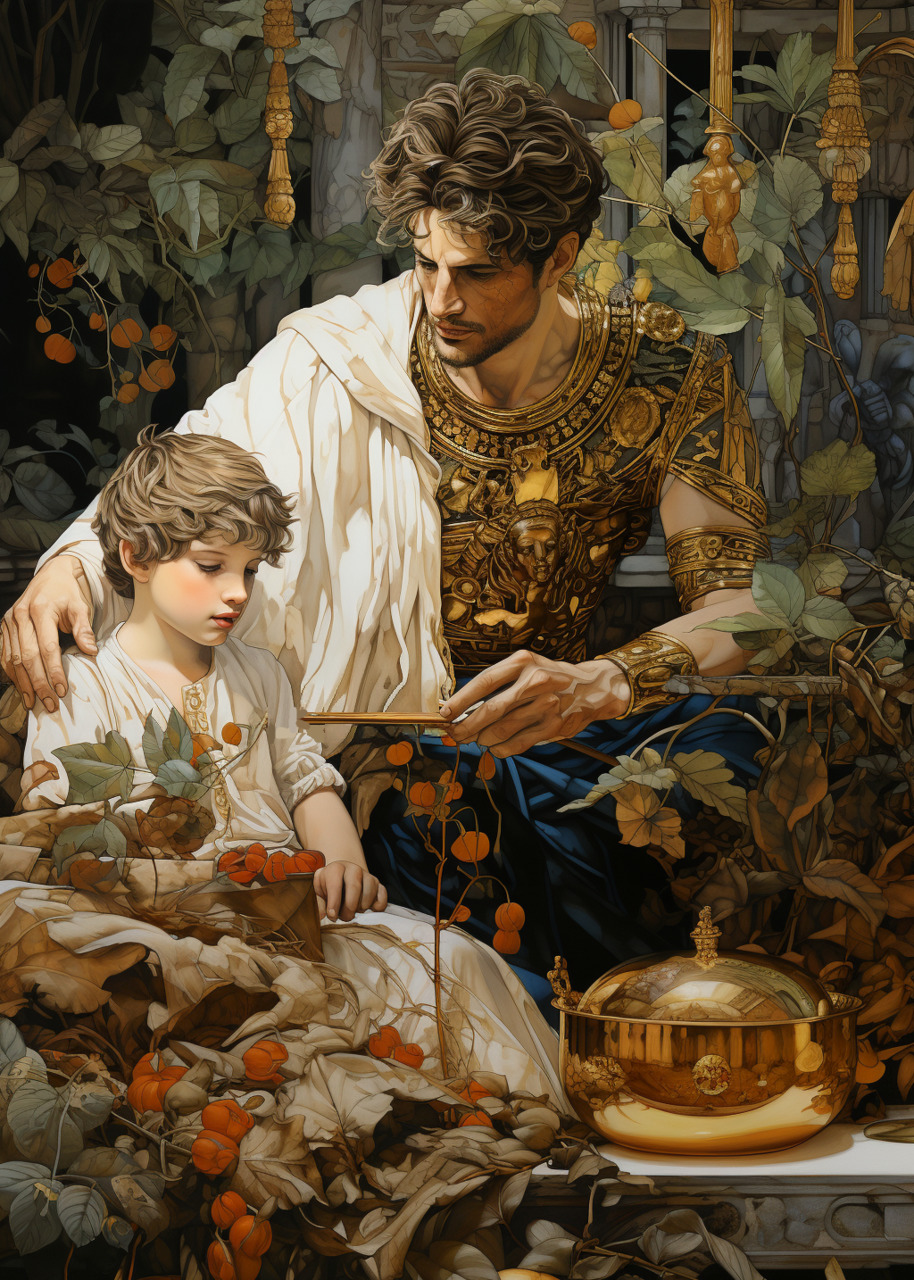
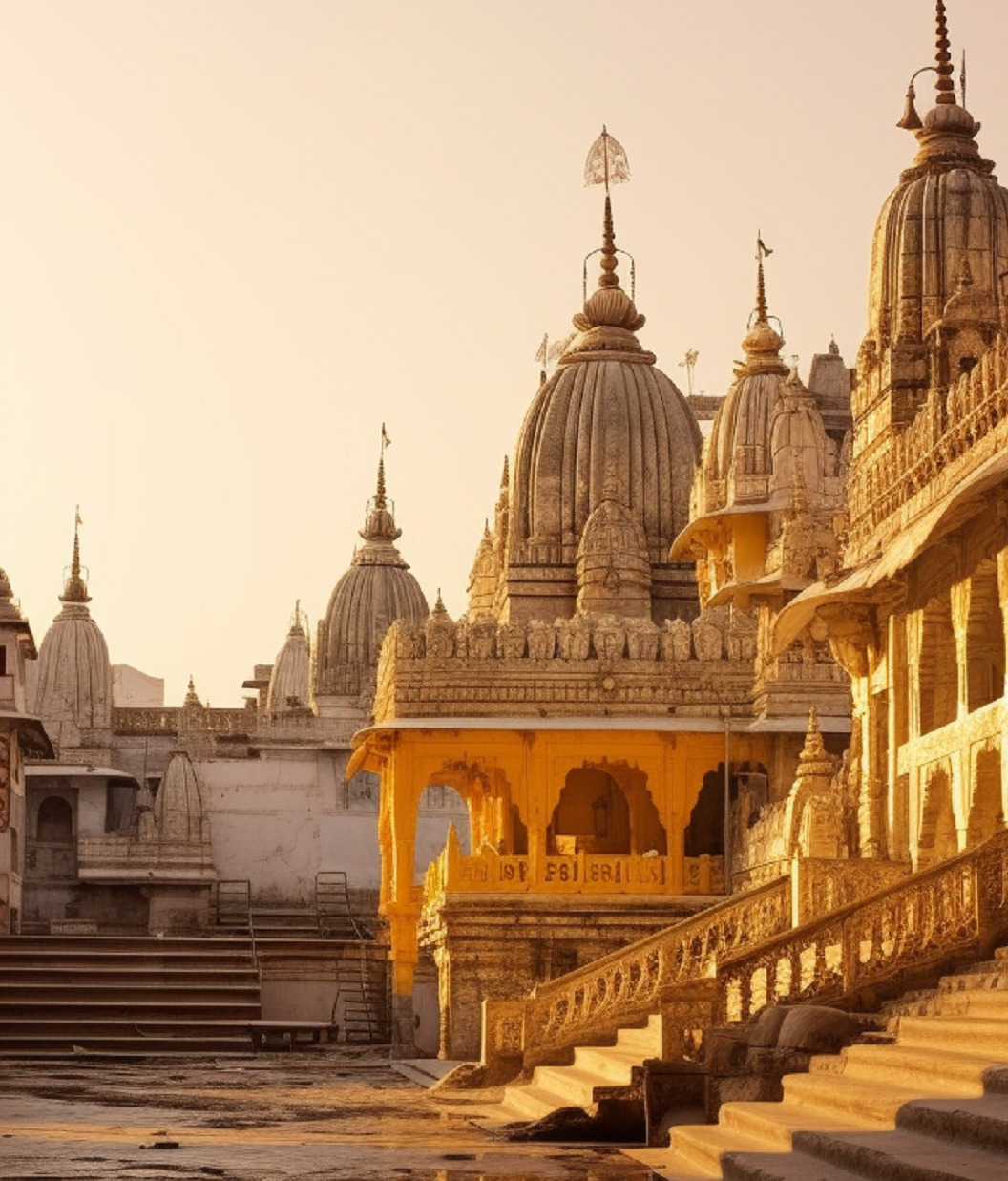
Chanakya’s literary works such as the Vishakhadatta drama, Mudrarakshasa, Ceylon chronicles, Puranic collections, and the contributions of Acharya Hemachandra were rewritten in the early twentieth century. For instance, the Arthashastra was published in 1909. These works were previously considered to be lost, however, at the beginning of the 20th century, they were «found» as new works rewritten from their original sources were discovered. The original sources, unfortunately, were not preserved.

Manucius first published Aristotle’s works in Venice at the beginning of the 16th century.
Later, Erasmus of Rotterdam revised and corrected those texts, after which the revised edition was published in Basel in 1531.
Silburg in Frankfurt made another adjustment in 1584.
Boulez proceeded with a new edition in Greek and Latin, consisting of five volumes, in Zweibrücken and Strasbourg, and which was released between 1791 and 1800.
During the 19th century, the Berlin Academy led the effort of creating a comprehensive edition consisting of five volumes of Aristotle’s works, including commentaries, scholia, and fragments (Berlin, 1831—71).
This edition also served as a handbook for the French edition of Dido in Paris (5 vols. 1848—1874).
Unfortunately, the original ancient manuscripts that were transported from Constantinople to Venice in the mid-15th century, and served as the basis for new publications, either did not survive or were destroyed.

Following the death of Alexander the Great, Aristotle was accused of impiety, and subsequently exiled from Athens.
After relocating to Chalcida of Euboea, Aristotle eventually passed away a year later after ingesting poison.
Although some speculate that his death was intentional, alternative sources suggest that Aristotle’s demise resulted from a stomach ailment, which affected his ability to eat.
It is possible that this illness resulted from poisoning

Following the death of Chandragupta, Chanakya was subjected to slander and subsequently exiled. Later, he died as a result of a severe starvation, which is widely believed to have been a suicide. Another account attributes Chanakya’s death to the poisoning by one of the ministers at court.
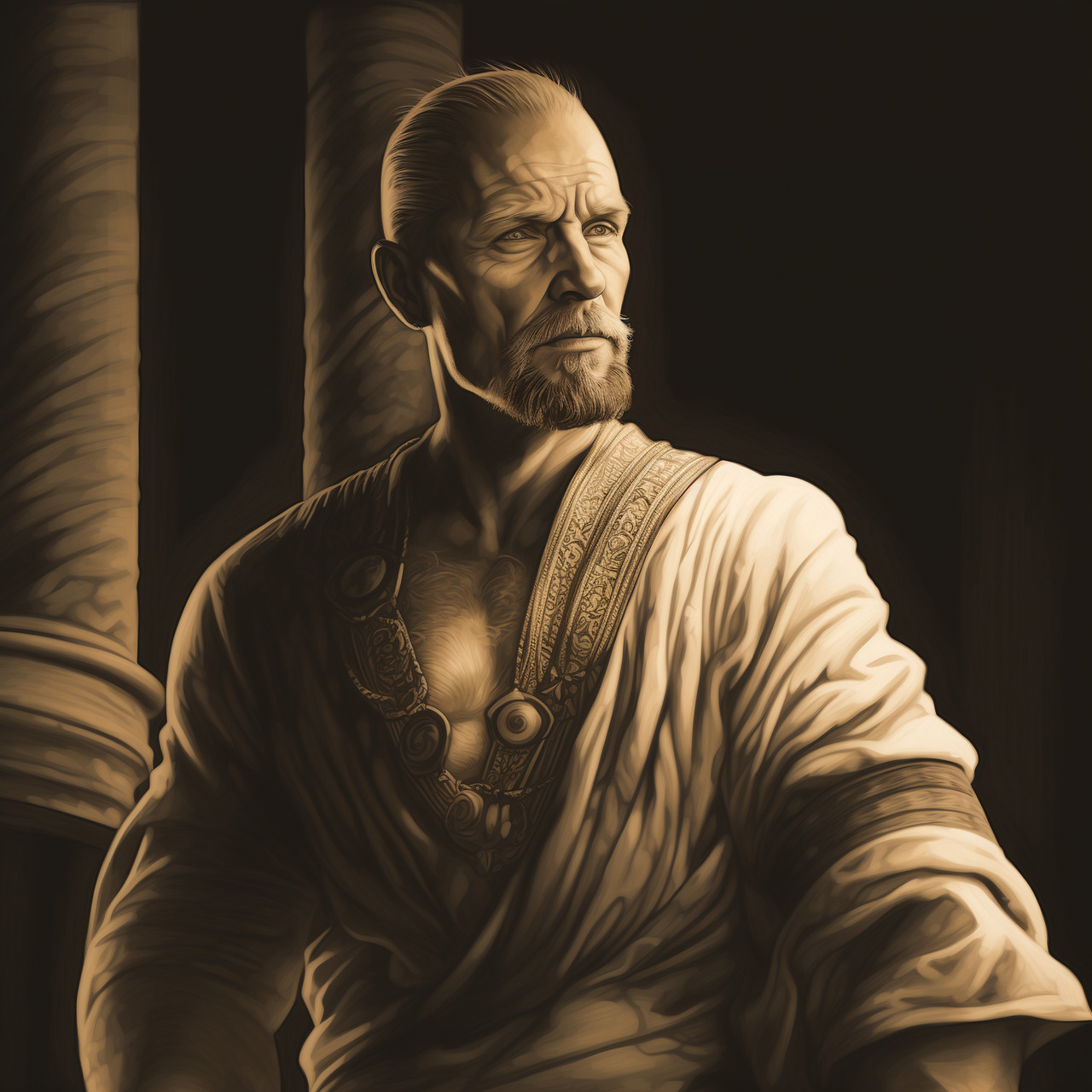
It is widely acknowledged that Aristotle influenced the pragmatic approach of Alexander the Great towards the Empire’s administration and organizational affairs, including those of a spiritual nature. He prioritized the practical interests of both the state and its stakeholders over established customs and laws. Additionally, Aristotle provided Alexander with moral and ethical guidance on ruling. He advised his student that a genuine leader should display empathy towards the vulnerable and defenseless, without feeling ashamed of compassion and refraining from cruelty. Furthermore, he counseled young Alexander to live a moral life, embodying the principles of morality through his actions while avoiding anger. He imparts to Alexander the true essence of power, not just its external facade.

Chanakya prioritized practical interests above all else. He believed that if the law was incompatible with the public interest, the latter should be given precedence. Furthermore, if he deemed the law to be in conflict with the public interest, then he advocated for the latter.
The Niti-sutra (or Chanakya-sutra) consists of aphorisms on appropriate conduct. Out of the known 455 sutras, approximately 216 of them pertain to the «Chanakya-raja-nitishastra,» a guide on what not to do when ruling a kingdom.
Chanakya utilized these sutras to educate the young Chandragupta. The foundation of these aphorisms is based on the moral aspect of virtuous governance.
The Niti-shastra, which is a guidebook for ethical conduct, primarily caters to the king and his retinue’s ideal way of living. The Arthashastra emphasizes that power upholds the sleeper, dominates all living beings, shields them, and maintains law and order. In fact, the Chanakya’s doctrine delves into the core of state power and jurisprudence.
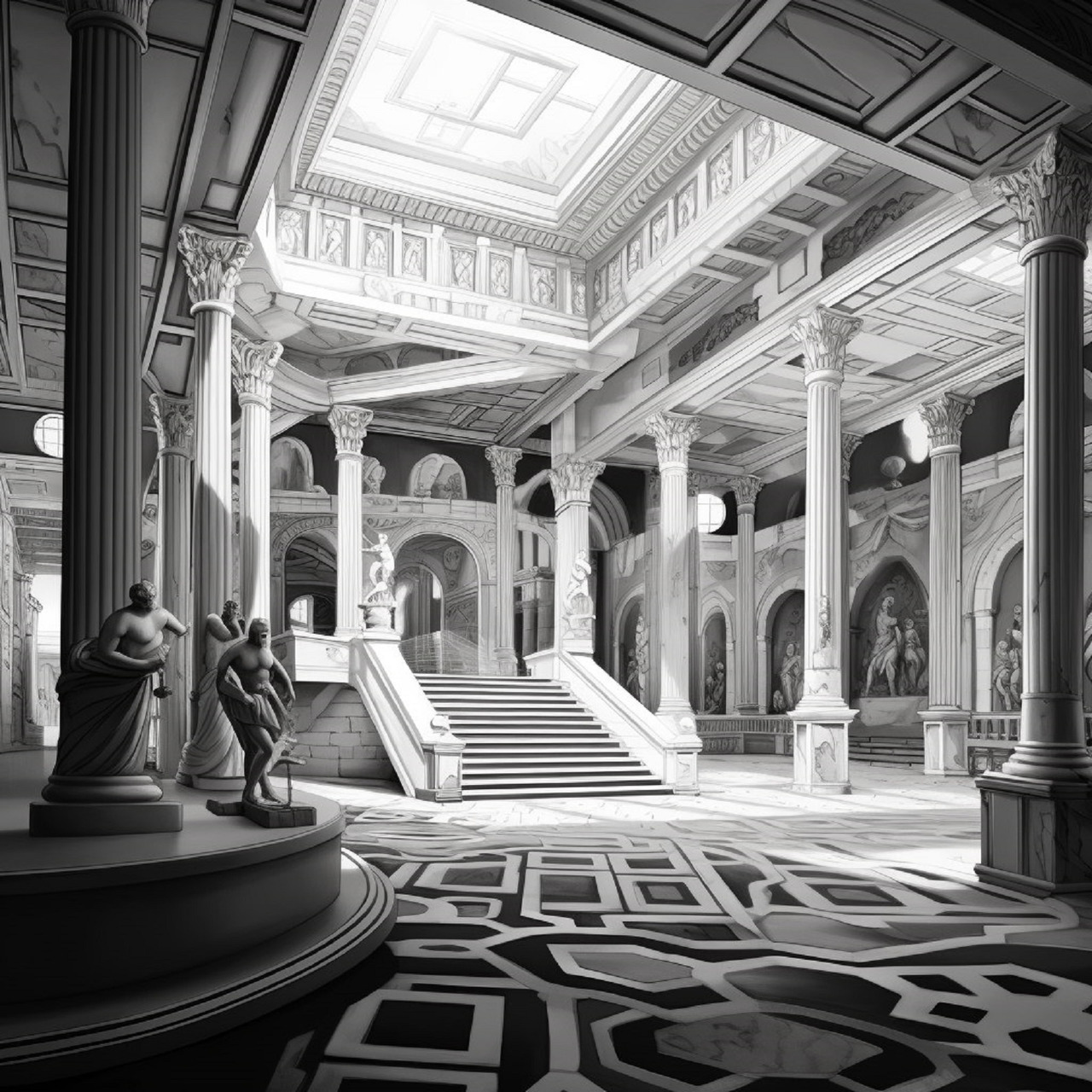
Chapter 3. How Antiquity’s History Was Rewritten
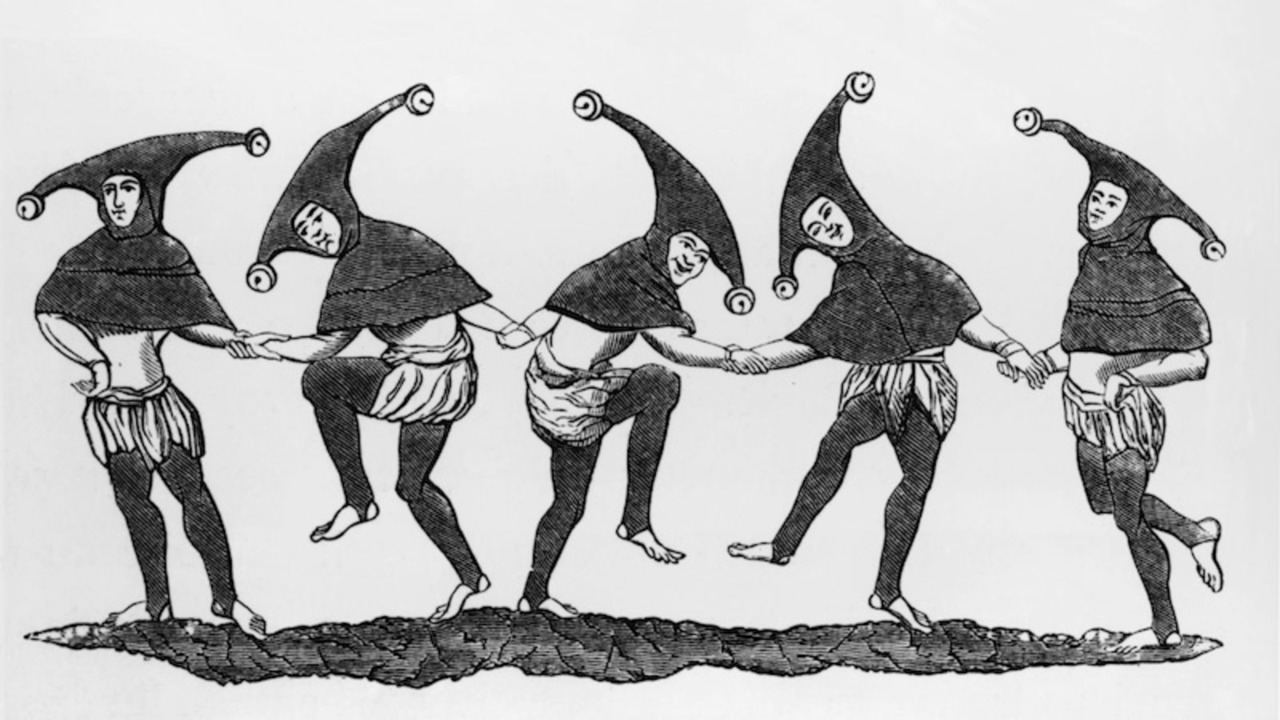
The initial exhaustive Latin version of Aristotle’s oeuvre, was commented on by Andalusian Arab philosopher Averroes (1126—1198), was initially published in Venice in 1489; likewise, publisher and merchant Aldus Manucius issued the first Greek edition in Venice between the years 1495 and 1498.
The New Academy, founded by Manucius in Venice at the very end of the 15th century, consisted of 30 scholars who prepared the publication of each work by practically rewriting ancient manuscripts. By the close of the 15th century, Venice had accumulated a significant library of manuscripts obtained from Constantinople and penned by classical authors. On top of this, with the city housing a significant number of Greek immigrants who were recruited as translators, Venice quickly became a booming hub for publishing. After the revised ancient texts’ release, all the originals were nowhere to be found, despite their significant historical and material worth. The deliberate destruction of these manuscripts, which were exceedingly valuable and safeguarded like treasures, was not an accident but a calculated effort to manipulate world history according to a political agenda.
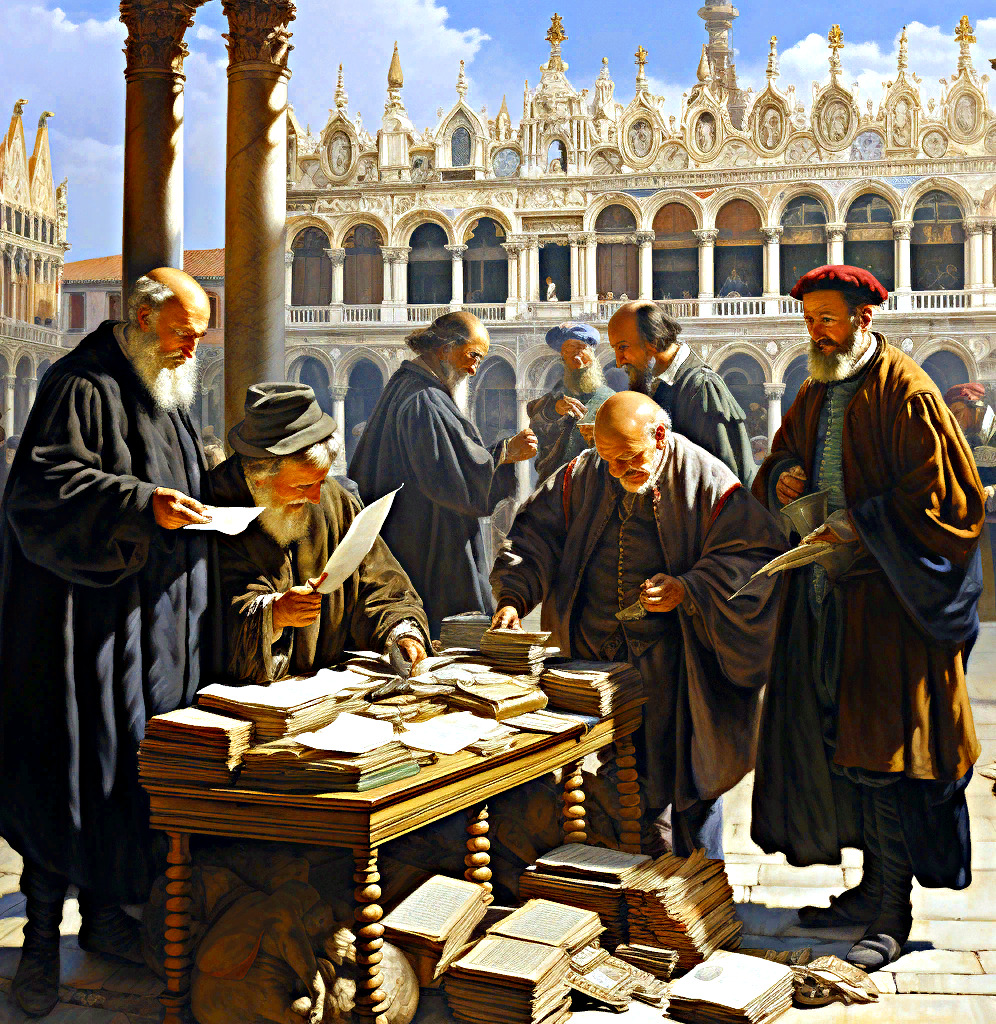
Whilst revising classical ancient texts, Manucius republished earlier printed works from Florence, Rome, and Milan.
He reviewed and amended the texts to make sure that there were no contradictions with the newly published editions, thereby paving the way for the beginning of the printing era. The printing press’s invention year is widely accepted to be 1445. The Johannes Gutenberg’s invention core idea was to utilize individual metal letters for typesetting, arranged in specific cells. The letters were manually painted and then pressed onto the paper by a machine, resulting in an exact reproduction of the book page. Over the course of half a century, this technology became widespread throughout Europe.
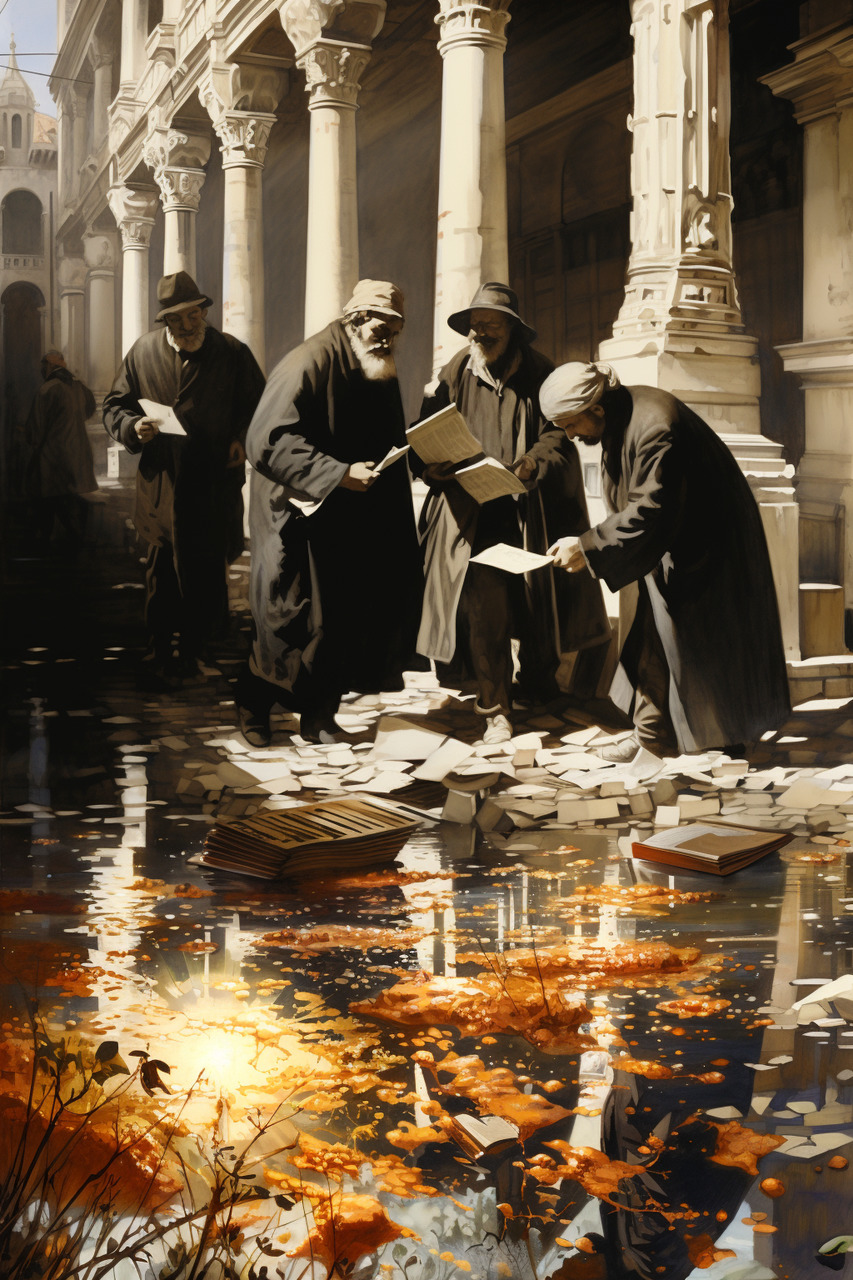
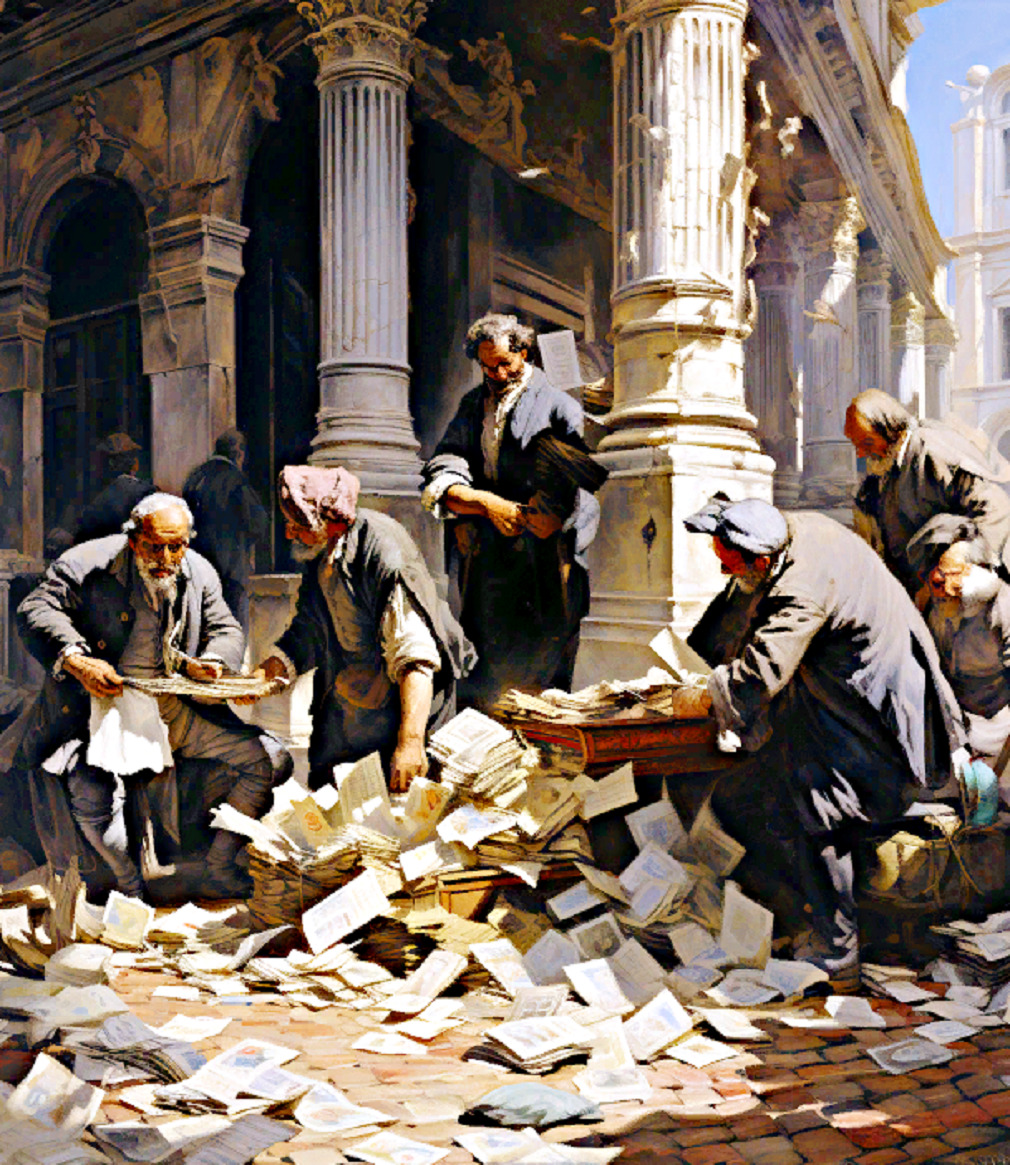
In the later half of the 15th century, the rewriting of ancient authors became a common occurrence. All kinds of works were not only copied, but also reproduced. «Nine» comedies by Aristophanes were published in 1498; Thucydides, Sophocles, and Herodotus in 1502; «Greek History» by Xenophon and Euripides in 1503; and Demosthenes in 1504. In 1509, Plutarch’s minor works were released.
During that time, it is conceivable that Hieromonk Macarius, who later established a printing house in Obod, near Cetinje, studied at the Academy of Manucius and continued to carry on transcribing ancient manuscripts practice.
Manucius published Plato in 1513, dedicating it to Pope Leo X de Medici (1513—1521). It is unusual to dedicate an edition of a pagan author to the head of the Christian Church, especially considering that Plato’s work contradicts the foundations of the entire Christian doctrine. However, this apparent contradiction only holds true at first glance. In reality, the Roman popes were distanced from Christianity. They supported the practice of rewriting history and introducing antiquity to Europe, albeit in their own interpretation.
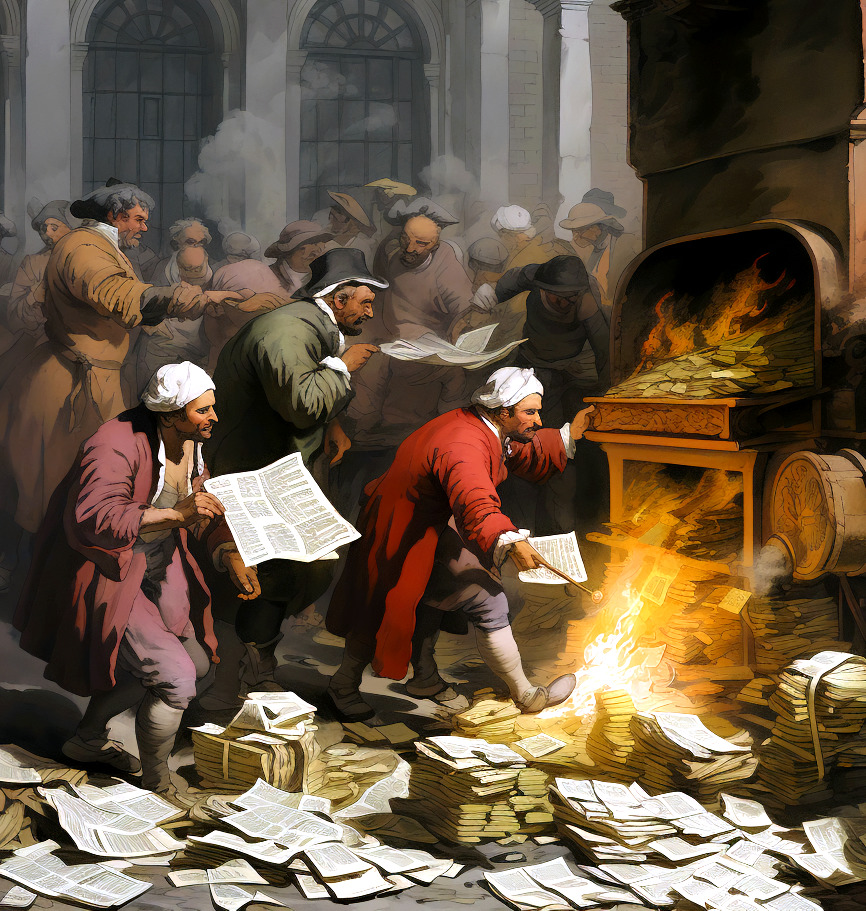
Pindar, Isychius, and Athenaeus published works in 1514. Late in his life, Manucius published the previously unpublished «Septuagint»; it was printed posthumously in 1518.
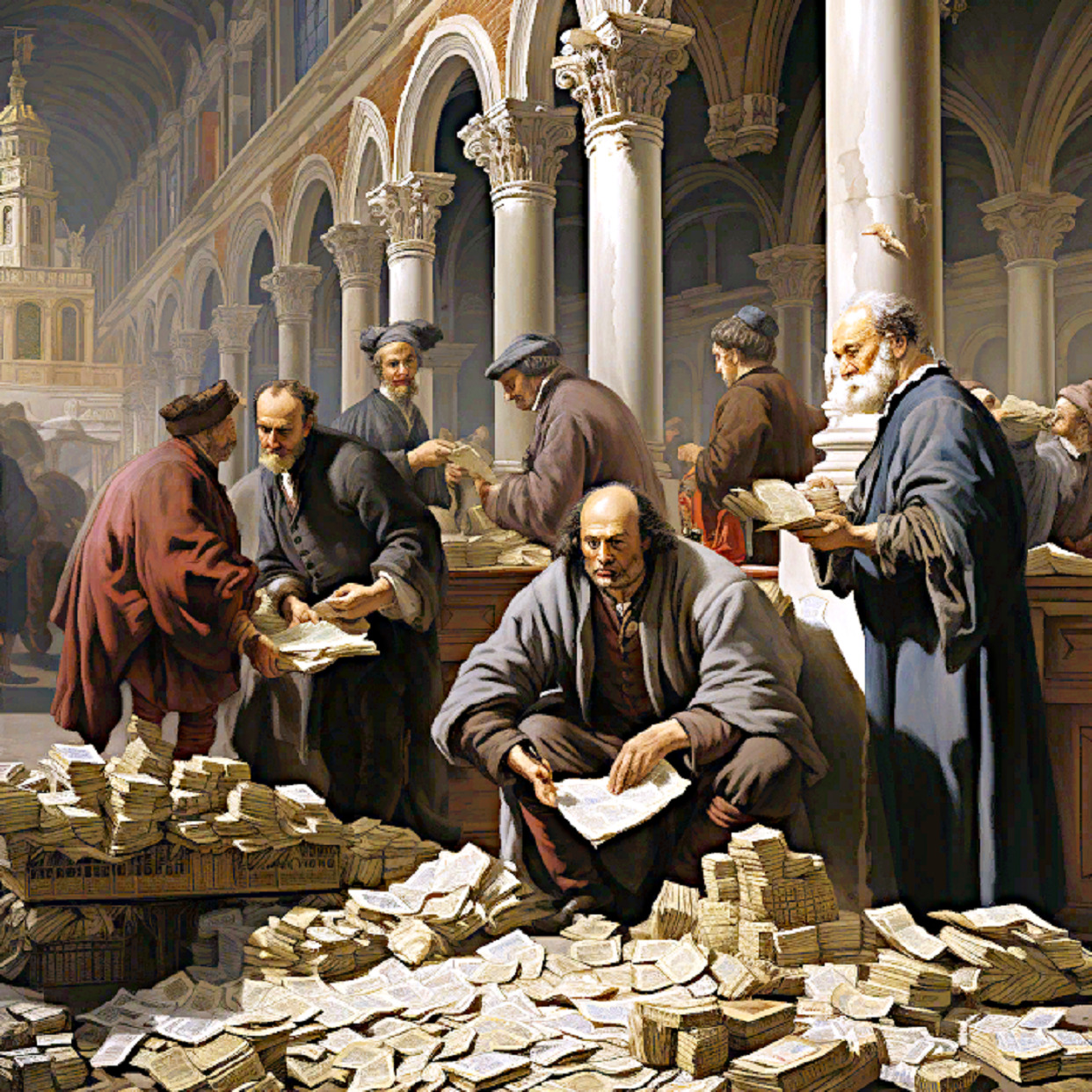
Creating antiquity a renewed sense, in 1502 Manucius established a community called «Hellenists,» as a part of his «New Academy». The academy’s regulations were written in Greek, members were required to communicate in Greek, and their names were Hellenized, along with their official titles. The New Academy members comprised, among others, Erasmus of Rotterdam and the Englishman Thomas Linacre.
After Manucius’ passing, his heirs took up his mantle and received significant demand alongside with generous funding from influential figures. They carried on his legacy with equal enthusiasm and printed the first editions of Pausanias, Strabo, Aeschylus, Galen, Hippocrates, and Longinus, thereby playing a significant role in the development of the newly established classic literature.
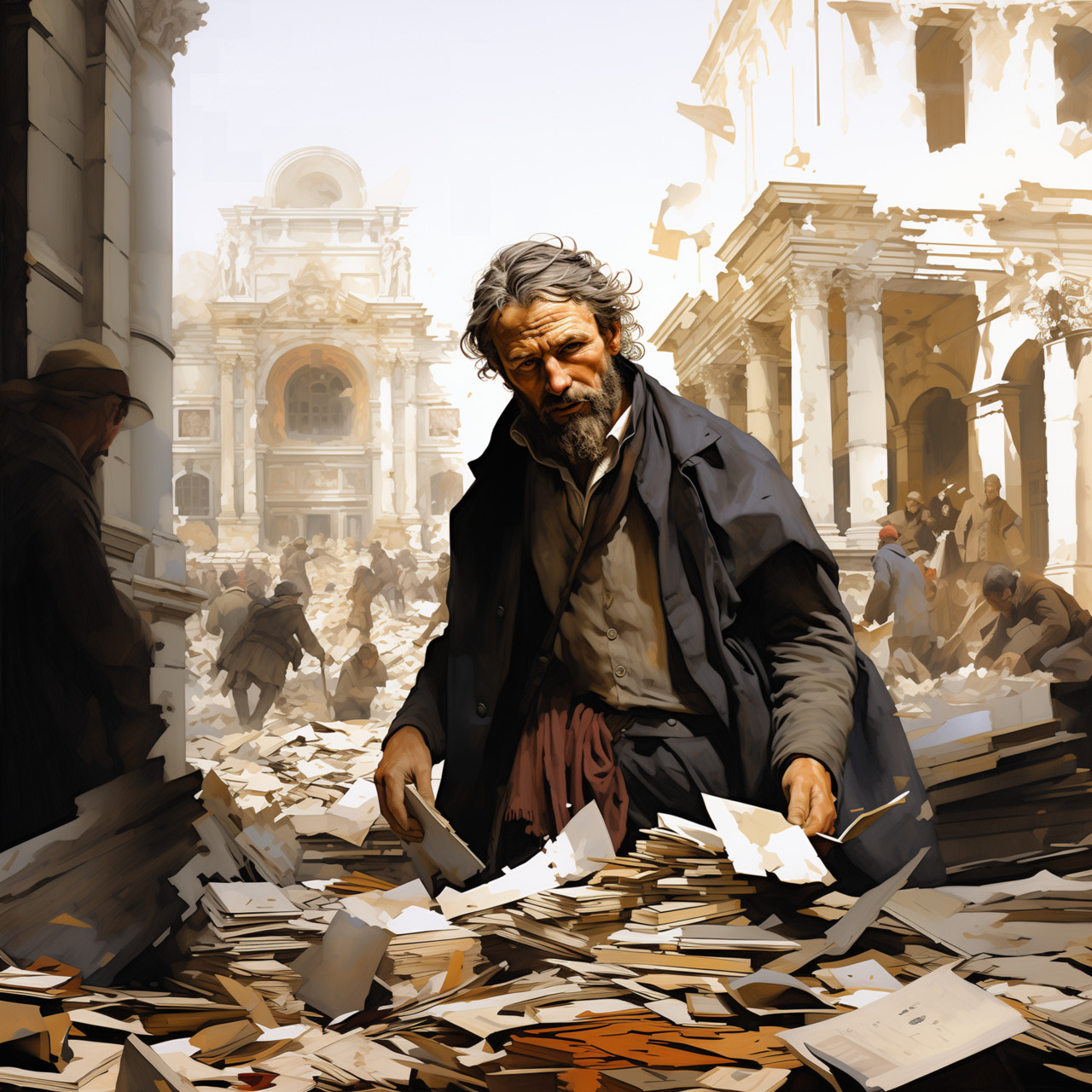
Among other publications, Manucius’s Printing press produced Bembo’s «Azolan Conversations,» Poliziano’s complete works, Polyphilus’ «Hypnerotomachia,» Dante’s «Divine Comedy,» Petrarch’s poems, early Christian-era Latin poets’ collections, Pliny the Younger’s letters, Giovanni Pontano’s poems, Jacopo Sannazzaro’s «Arcadia,» Quintillion, Valerius Maximus, and Erasmus’ «Sententia.»
Normally, the print run across each edition was approximately 200–500 copies, although there were occasional deviations. For instance, Virgil’s edition was reprinted in 1501 with a larger print run of 1,000 copies, which was intended specifically for the European royal courts’ aristocracy.
Manucius Torresano’s father-in-law owned the second Venetian printing company founded by Nicolas Jenson, who was also a major publisher. Consequently, the two families merged, resulting in two major publishing ventures under one shared name. On Manucius’ editions, both Aldus and Asolanus were mentioned in the title pages in tandem. After his demise in 1515, Torresano and his sons sustained the business until Manucius’ kids came of age. The «Dolphin and Anchor» emblem, accompanied by the motto «Hasten Slowly,» emphasized the rewriting of the world’s history «Great Project» precise execution. It remained within the Alda house until the owners’ third generation when production ceased.
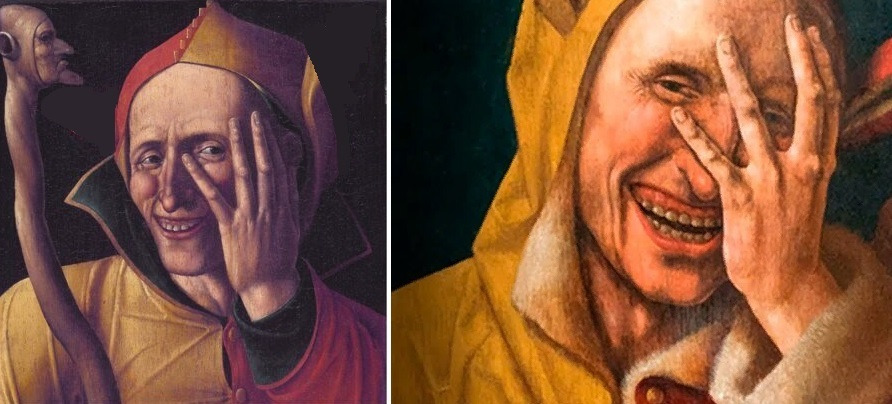
During the following popes’ reigns, ancient books were actively published:
— Alexander VI Borgia (Boruch), 1492—1503, born 1431, nephew of Pope Calixtus III Borgia (1555—1558);
— Julius II (Giuliano della Rovere), 1503—1513, born 1443, nephew of Pope Sixtus IV (1471—1484, Francesco della Rovere), patron of the Medici;
— Leo X Medici, 1513—1521, born 1475. The last pope who saw Western Europe become fully Catholic;
— Clement VII de Medici, 1523—1534, born 1478, cousin of Pope Leo X de Medici;
— Paul III (Alessandro Farnese), 1534—1549, born 1468, brother of Pope Alexander VI Borgia’s mistress.
Despite their enmity and hatred towards each other, these popes had similar mentalities and lifestyles. While their beliefs remain unclear, based on their actions, it’s most likely that they weren’t adherents of Christianity, but were instead supporters of a certain anti-Christian school of thought. Their main focus was on their own power and profit. They were unreserved in exposing each other’s faults and carrying out thorough investigations of the committed crimes.
It raises the question whether individuals like them, who were appointed by politics to write the world’s history, were honest in doing so.
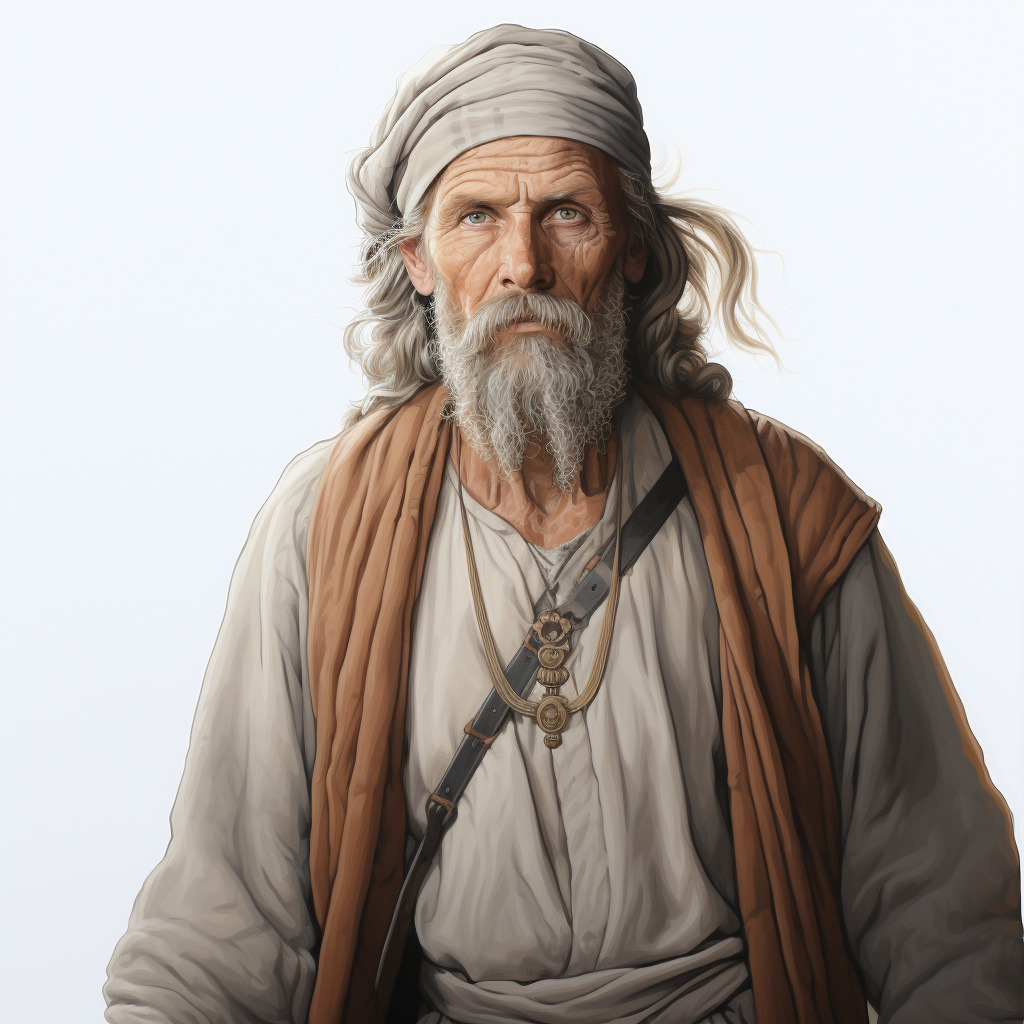
Chapter 4. Alexander and the Void
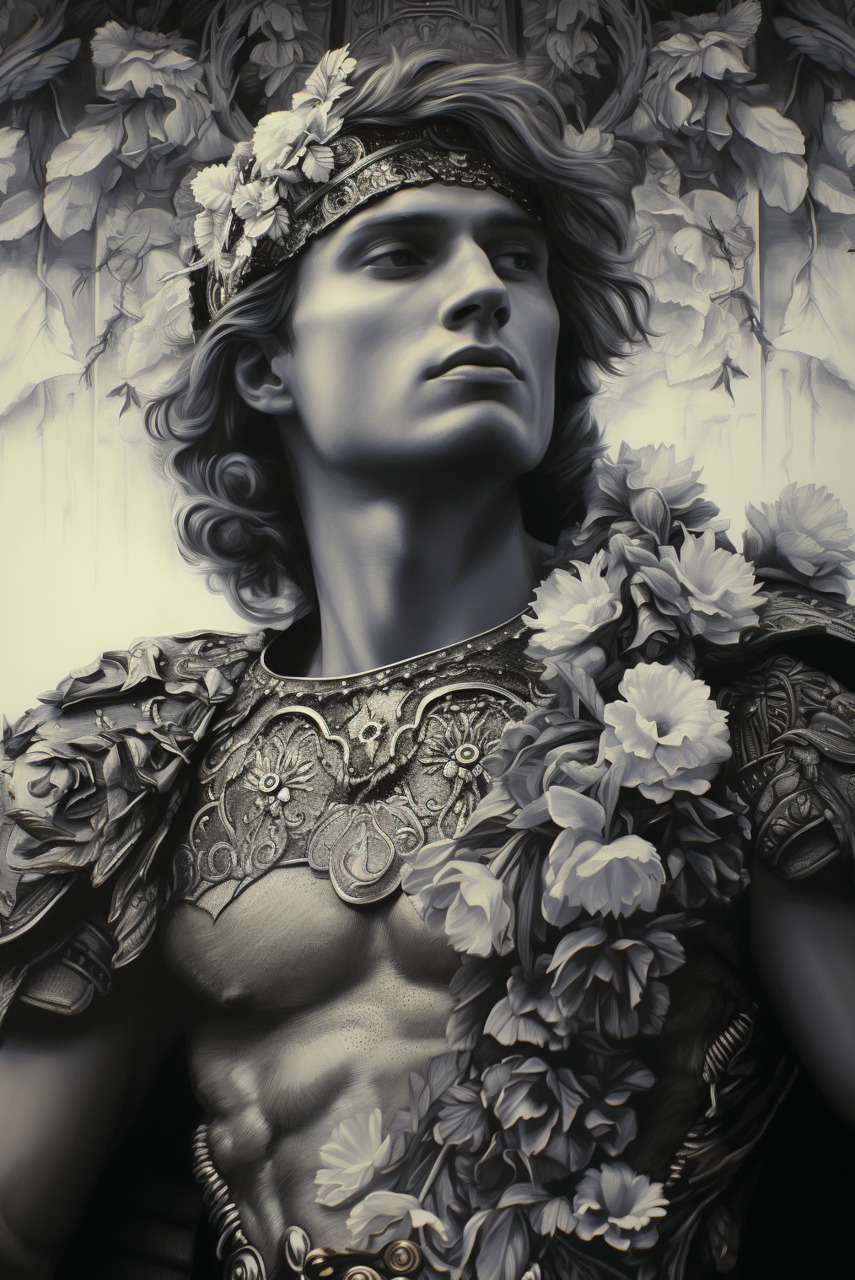
Most of the works of antiquity are focused on events and geographical regions that currently comprise India, which hints at the notion that this region served as the focal point of the world’s civilization in ancient times.
Among all of ancient authors’ works, the description of Alexander the Great’s campaigns holds the most significance and importance for us. The general assumption is that Alexander the Great led his famous military campaign from the present-day southern Balkans region through the realm of the Persian Empire to India, thus reaching the purported «the earth’s end.»
However, I aim to demonstrate that Alexander’s march was in fact from the East to the West.
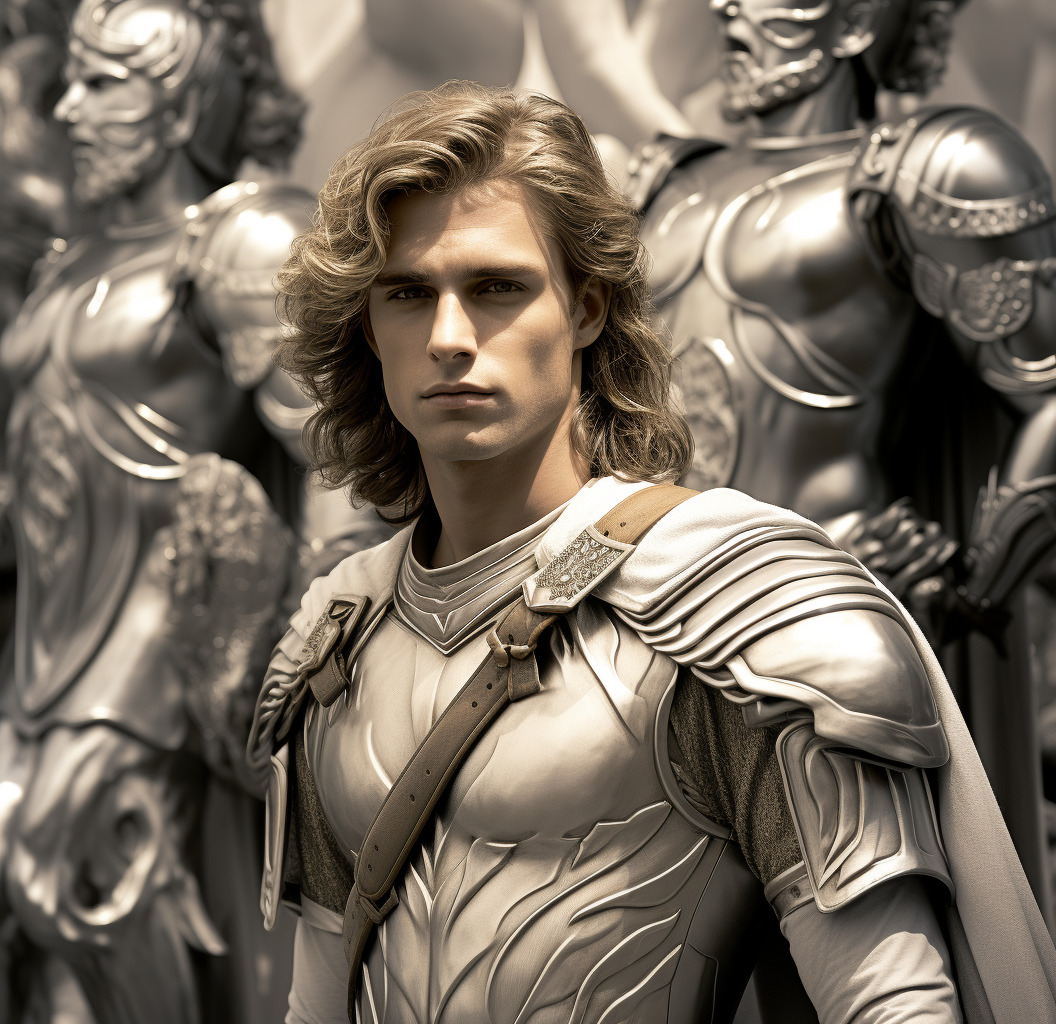
Did Alexander reach «the earth’s end» during his campaign? Yes, that is correct. Based on the account of chroniclers, Alexander encountered no resistance from enemy troops or powerful states, but rather a vast wilderness: his army found itself in places where there was nothing but wild beasts, at the very edge of the world, on the «outer ocean shores».
The ancient authors recount sightings of incredibly tall individuals after weeks of traveling. Alexander was pleased, believing he had discovered a worthy opponent. Subsequently, scouts were sent out, and they soon returned with a remarkable findings, several hairy giants captured by them. Unfortunately, they were all gorillas. One may wonder if this description of Alexander discovering «the earth ends,» does, in fact, refer to India.
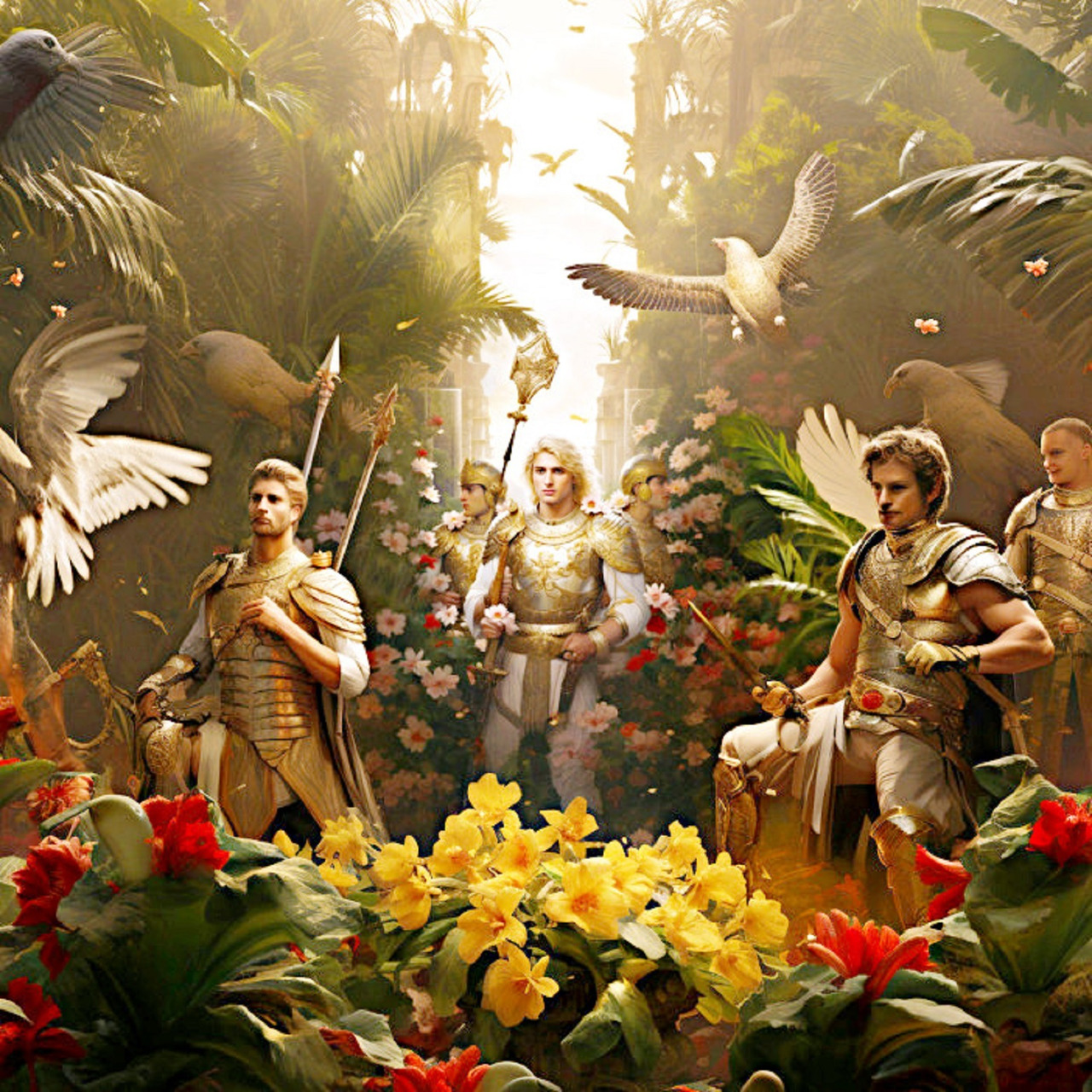
According to the narrative that has, traditionally, been indoctrinated in us by authors from Britain and, generally, Europe, we are expected to believe that the ancient chroniclers describe Alexander’s expedition into what is now India, wherein they explicitly depict a pristine wilderness — which, allegedly, lacks inhabitants, kingdoms, yet possesses an abundance of savage animals, such as gorillas in the jungle — being situated between modern-day Indus and Ganges rivers. Supposedly, the army led by Alexander arrived at the banks of the Ganges. The soldiers reportedly decided to retreat for a lack of a worthy opponent and resources to conquer. However, this claim may have been more plausible to the 19th or early 20th century readers who did not have a complex understanding of historical events.
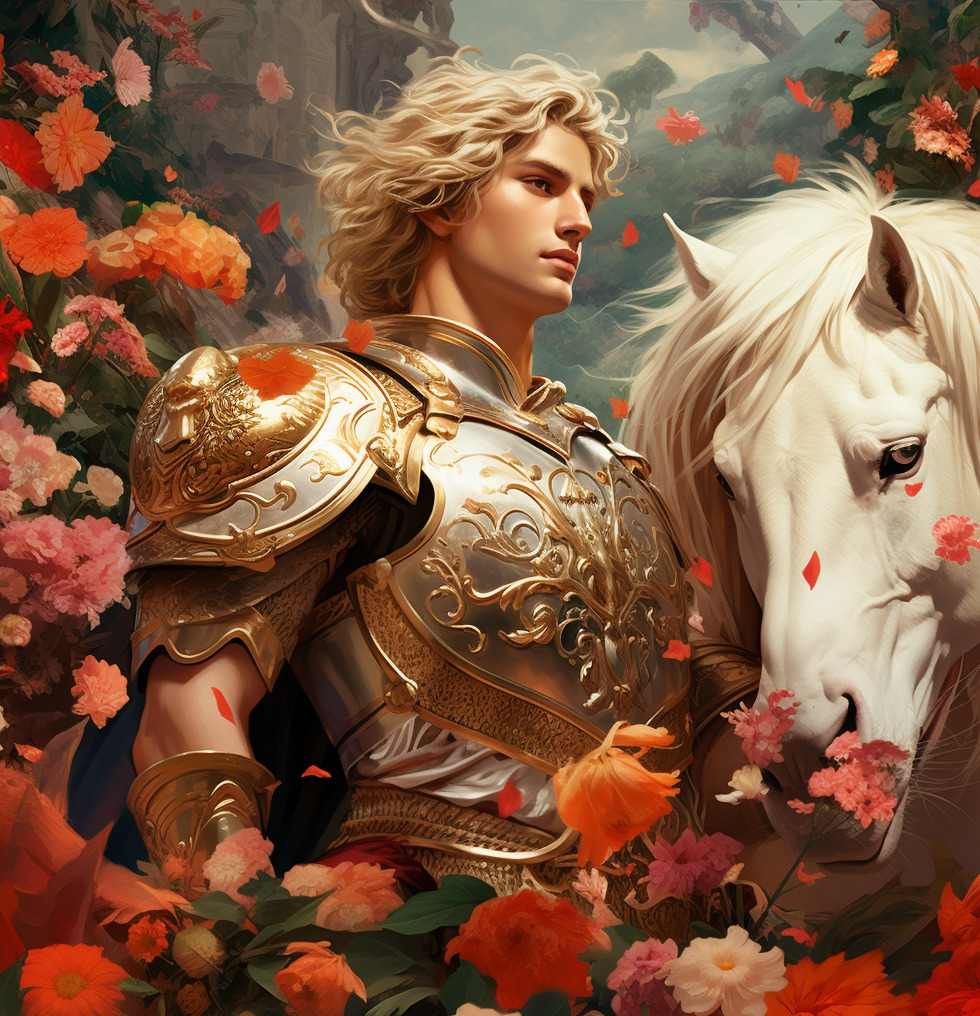
However, in the 21st century, it’s unlikely that any individual interested in history and geography would be unaware that the region extending from the Indus to the Ganges and spanning towards Bengal has always been recognized as one of the most densely populated areas on the planet. As early as ancient times, there were robust states, affluent cities, and sophisticated farming practices. These lands were among the first to be settled by the Aryans, who had arrived here over 1,000 years prior to the accounts documented by ancient writers. In Alexander’s era, they were the quintessential hub of our civilization. The only obstacle standing in his way was the idea of scouring the vast territory of Africa for the scattered primitive tribes eluding his pursuit.
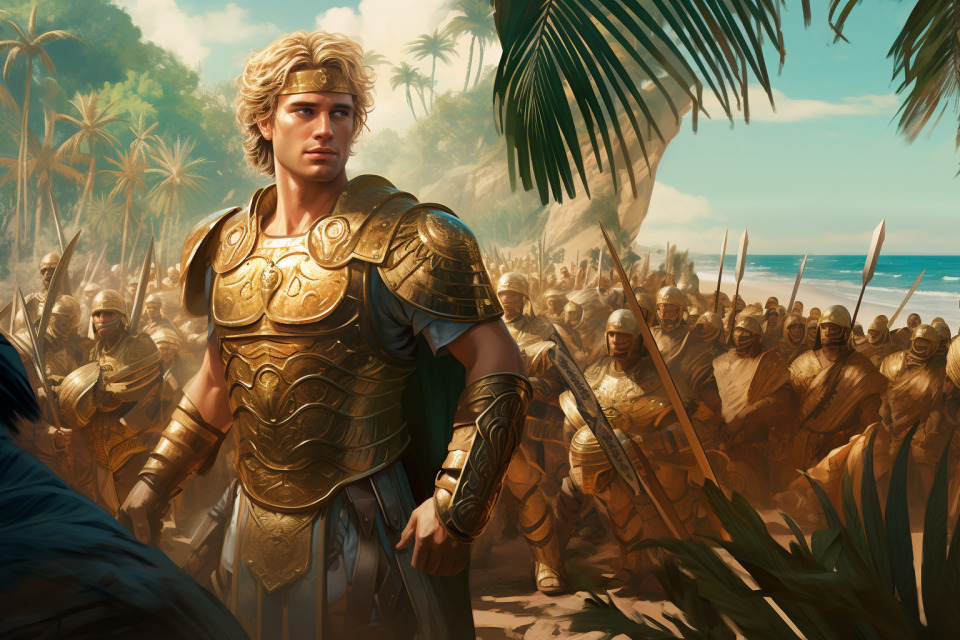
If we restore the geography that was turned upside down in the 19th century to its correct position, the events will fall into logical order. When Alexander’s army conquered the Persian Empire from India’s territories, all satrapies of the empire came under Alexander’s rule, including almost all of East Africa, which by that time was already well known and explored. The few rebellious regions of the empire that he defeated were conquered easily enough in a few swift campaigns. There were still little-known territories in Central and Southern Africa that were under the notional control of the Persian Empire, although nominally recorded and accounted for as the lands of the Persian Emperor. Although the Persian Empire very tentatively controlled these territories, there was really nothing to control due to the remoteness, lack of infrastructure, and economic unlivability of these territories at the time. Nevertheless, Alexander, of course, had to see it for himself and was not satisfied with the stories of former advisers of the Persian Emperor.
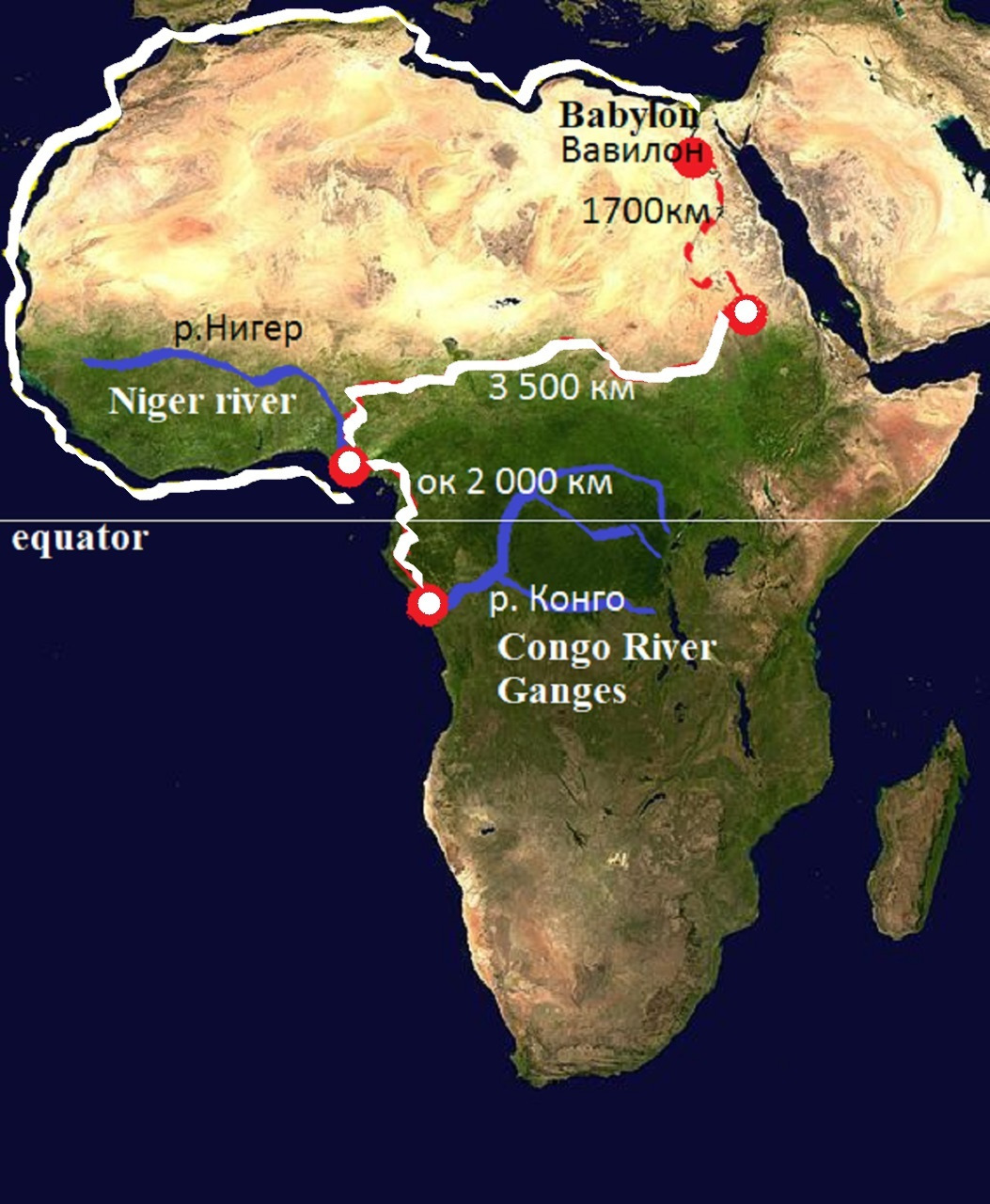
The journey from the banks of the Nile to the Niger (these are the modern names of these rivers, in ancient times they were called Euphrates and Indus respectively) along the southern border of the Sahara was not marked by great battles, but rather by an expeditionary military campaign with small skirmishes, relatively easy victories and the swearing in of local kings and chiefs. In some cases Alexander appointed new leaders from among his trusted military personnel, in others he retained those who had already submitted.
In contemporary historical works, this expedition is referred to as Alexander’s Campaign from the Euphrates to the Indus. A flotilla was built on the banks of the Niger (the historical Indus), which descended into the Atlantic Ocean (this ocean was called the «Outer Sea» in the ancient times).
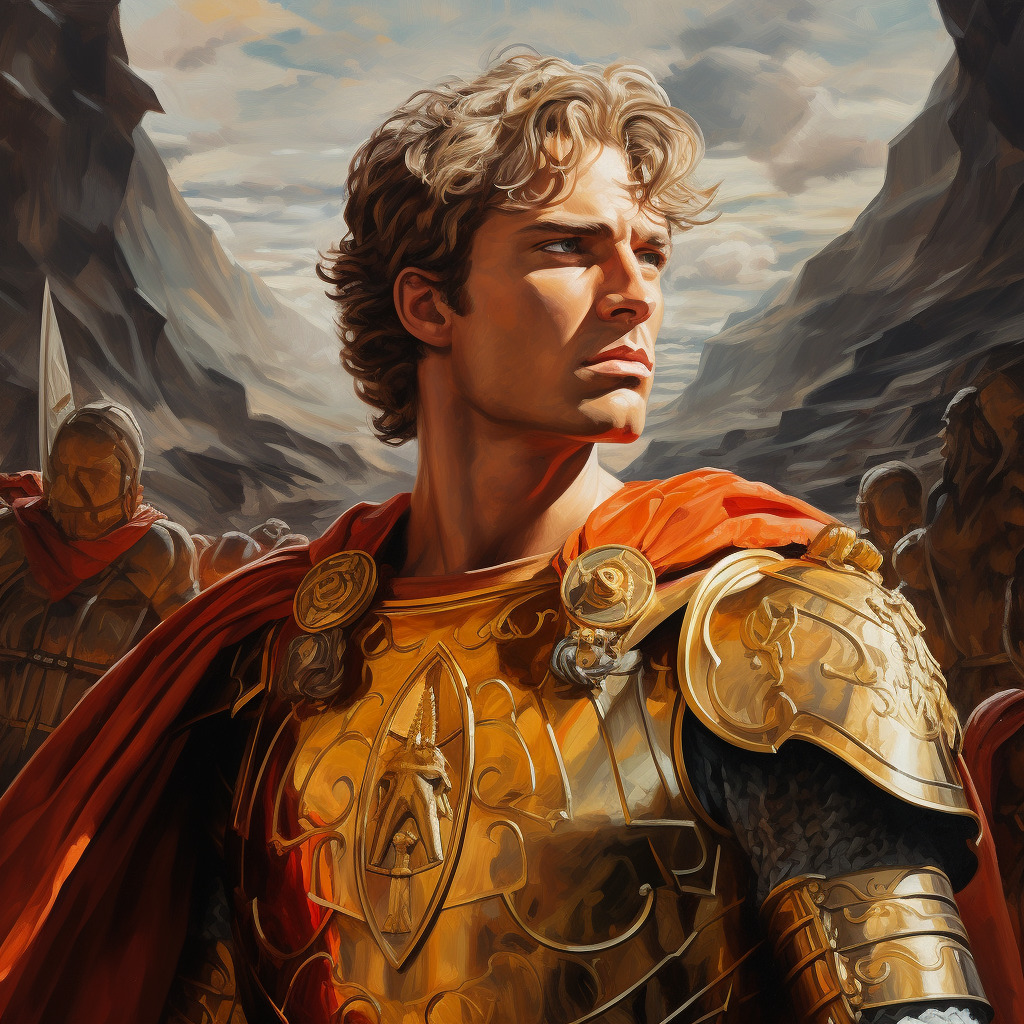
A detachment of the army was sent westward along the coast to pacify all the monarchs and leaders throughout the territory from the Sahara Desert to the Gulf of Guinea, which was successfully accomplished. Later the fleet made an independent campaign to the north along the coast of West Africa to the Mediterranean Sea. Alexander personally led the main army from the mouth of the Niger to the Congo River.
For nearly 2,000 kilometers, European scribes of ancient works attempted to portray the journey of Alexander’s army from the modern Indus River to the Ganges River, crossing the equator through the African jungle, in a completely remote and primitive area with sporadic human activity. I suggest reading this XIX century edition of the historical account of this expedition to verify its accuracy in depicting the conditions of equatorial Africa. It is clear that the story lacks an accurate representation of North India, despite the authors’ attempts to add «Indian features» that they have a poor understanding of.
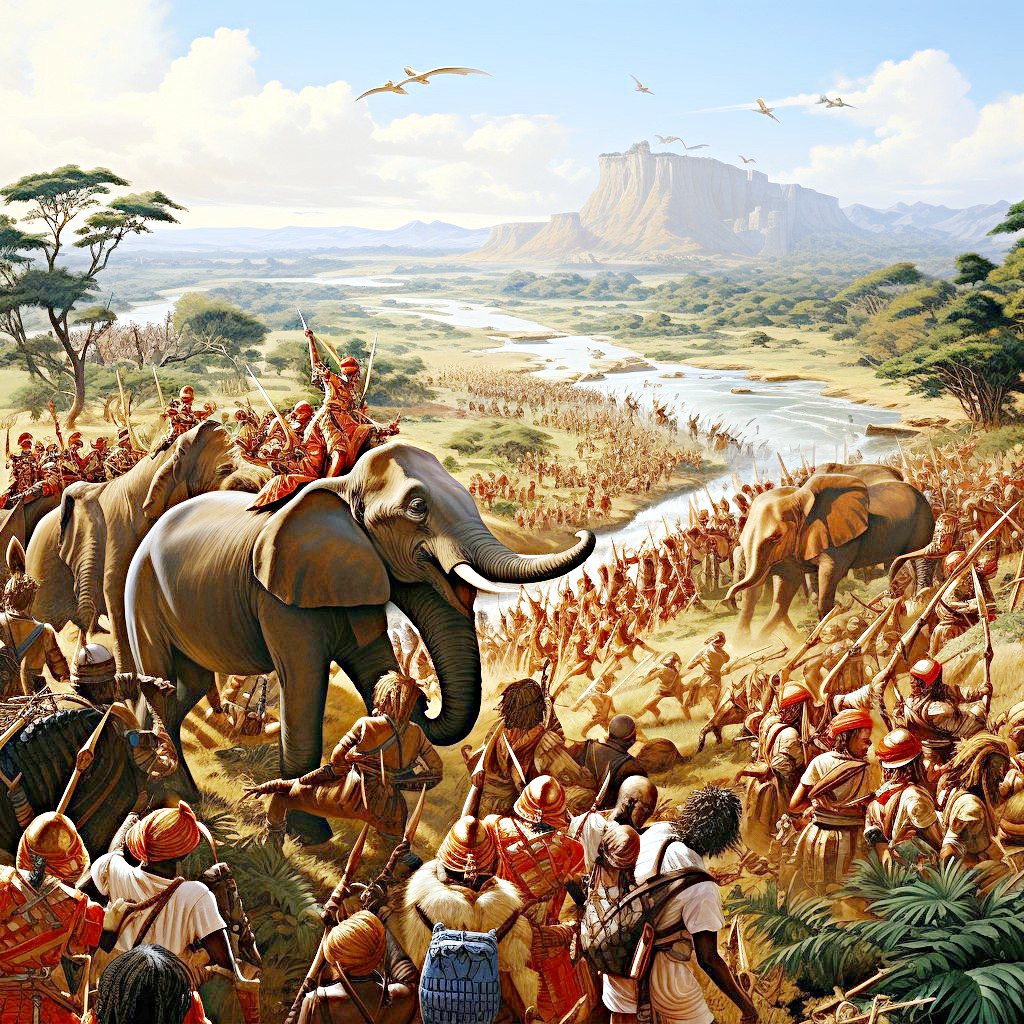
Having arrived at the awe-inspiring banks of the Congo River (the ancient Ganges), the deepest river in the world, Alexander was convinced firsthand that there were no kingdoms or cities in that part of the world, and therefore, no one to conquer. Naturally, Alexander could have traveled another 4,000 kilometers to simply claim the South African territories and hand out commemorative plaques to celebrate their sovereignty, but it would have been more sensible and efficient to circumnavigate the African continent by sea, which he later instructed Nearchus to do. The challenge was not only to get to the «edge of the earth»: establishing settlements and connecting them was also imperative. Alexander believed that sea transportation was the only means to attain these objectives, as the inner territories were still completely untamed and impenetrable. Secondly, the journey from the Congo coast to Babylon (modern Cairo) was already 7,000 kilometers. If we were to continue all the way to the southernmost tip of Africa, the distance back to Babylon would be 15,000 kilometers. Due to the unfamiliar and challenging landscape, such a journey would have taken several years
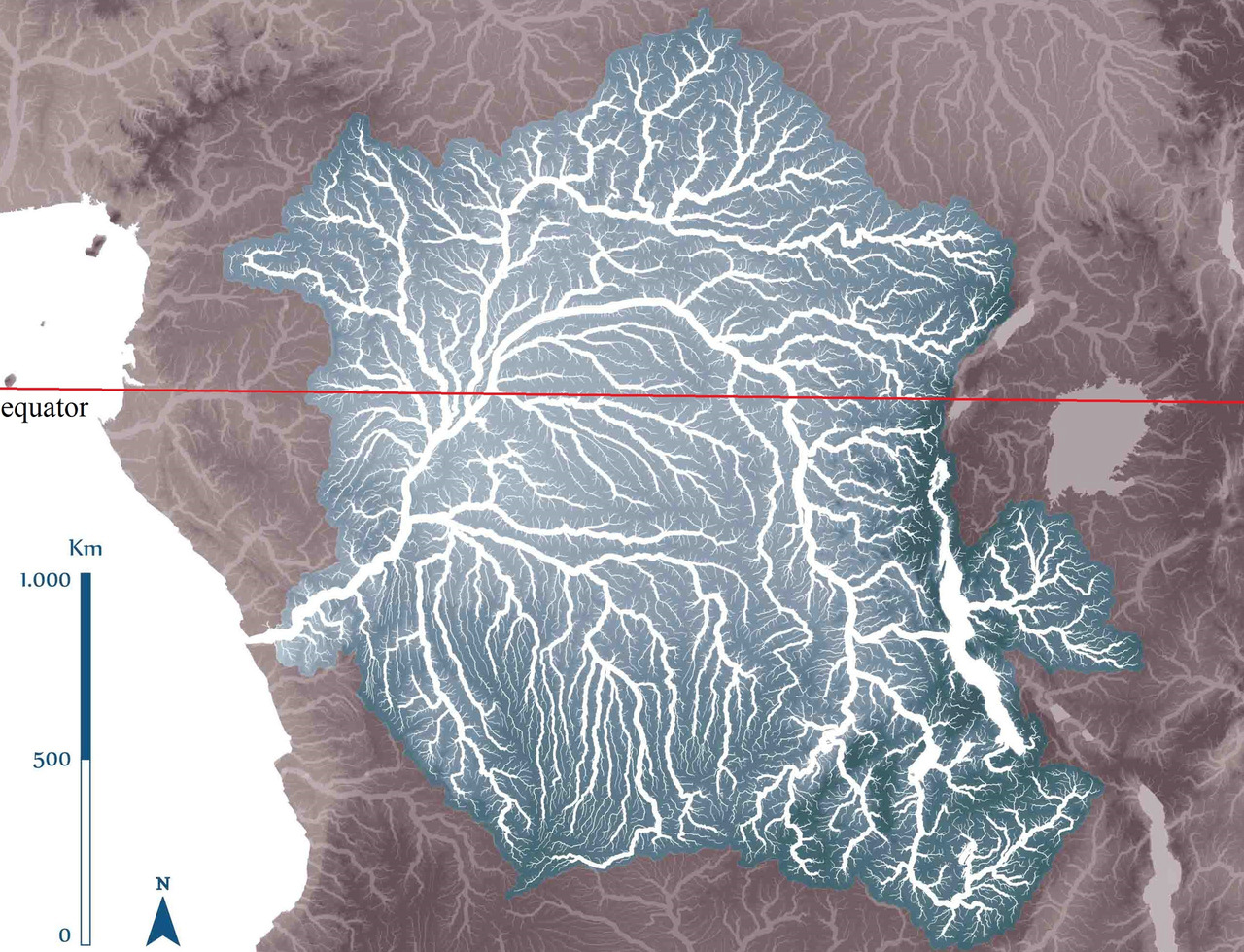
Thirdly, he had formally fulfilled his mission — to reach the earth’s end, because the Outer Sea (Atlantic Ocean) was the earth’s very end in the minds’ of ancient people. However, if Alexander had turned back from the modern shores of the Ganges instead of the Congo, these arguments would not have applied.
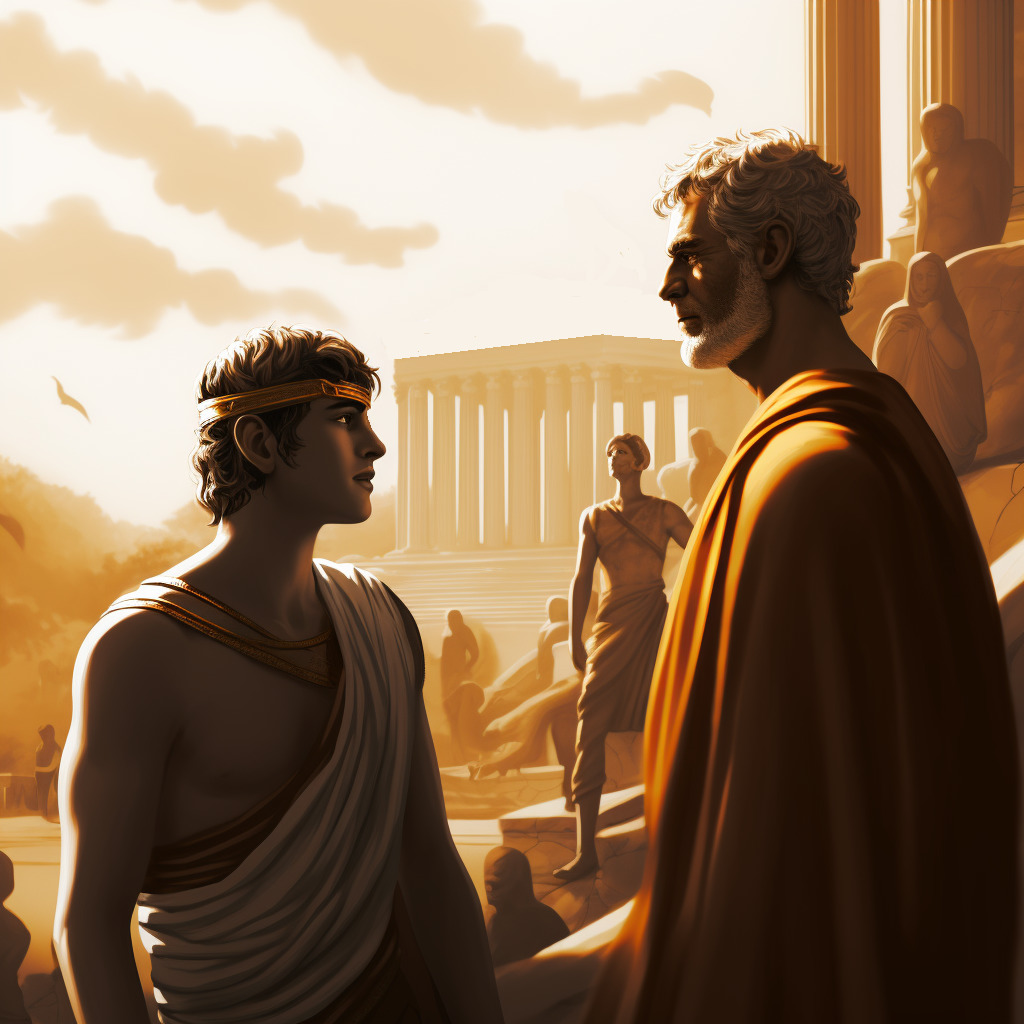
The modern Ganges could not have been considered the edge of the earth in any way at that time; it was, in fact, the most advanced region. No conqueror ever retreated after conquering such wealthy lands. It would have been unthinkable for the victorious warriors to abandon their hard-won riches, especially after reaching the gates of the richest cities, which flooded with gold and treasures.

Бесплатный фрагмент закончился.
Купите книгу, чтобы продолжить чтение.
